2012 | Forum Expanded
Before the Mainstream
The Forum Expanded has been part of the Berlinale since 2006. In our interview, director Stefanie Schulte Strathaus discusses the aims of the section, this year’s thematic highlights and the unique visual techniques of the Arab Spring.
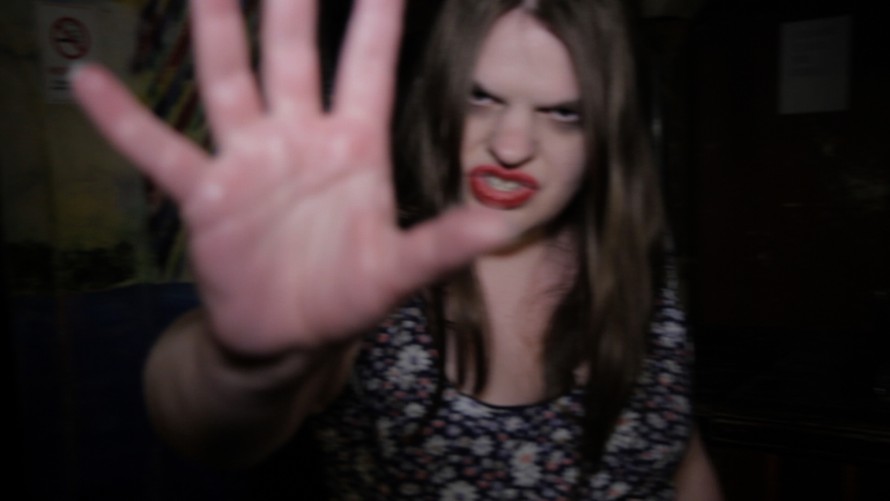
Forum Expanded 2012
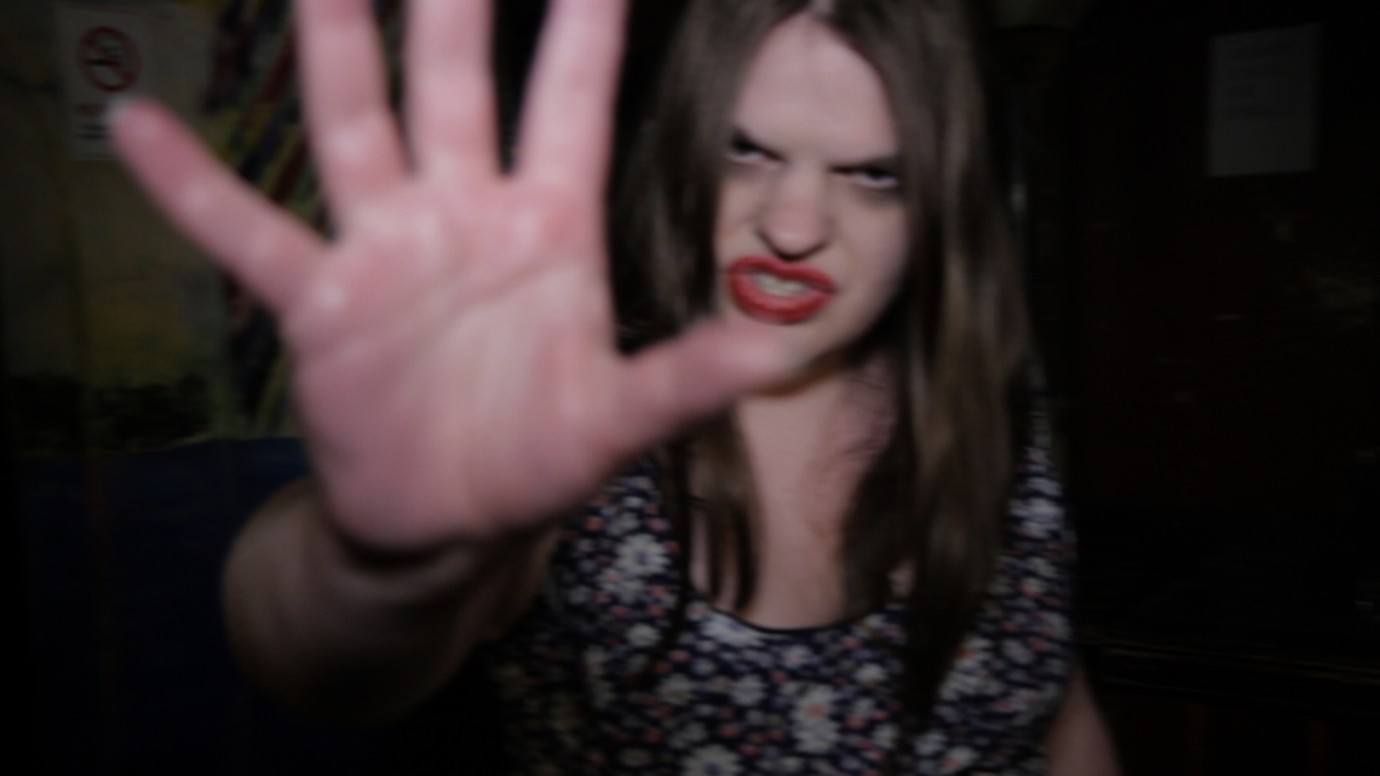
Betty Drunk by Laure Prouvost
GBR 2011, Forum Expanded
© Laure Prouvost
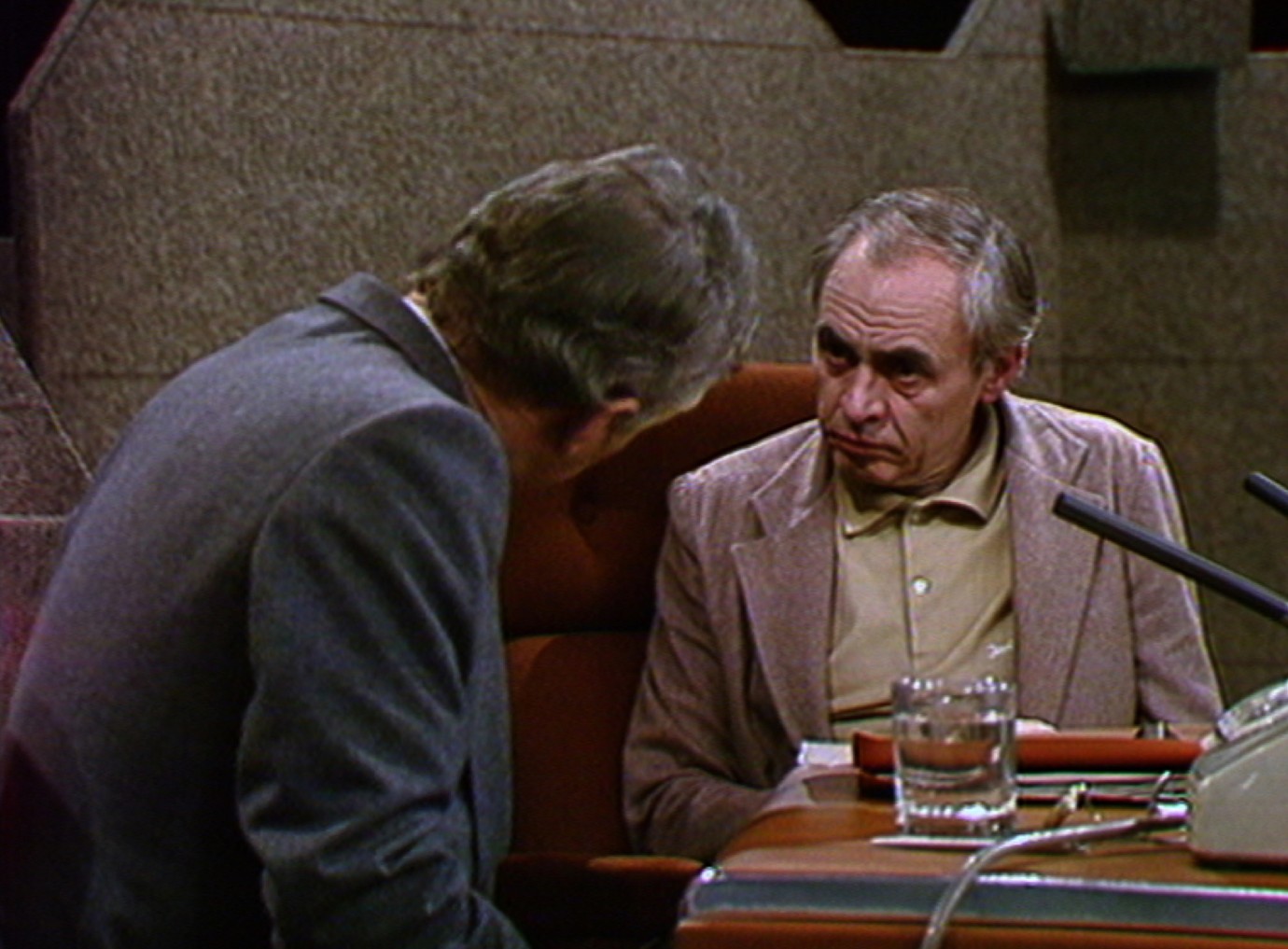
All Divided Selves by Luke Fowler
GBR 2011, Forum Expanded
© Luke Fowler
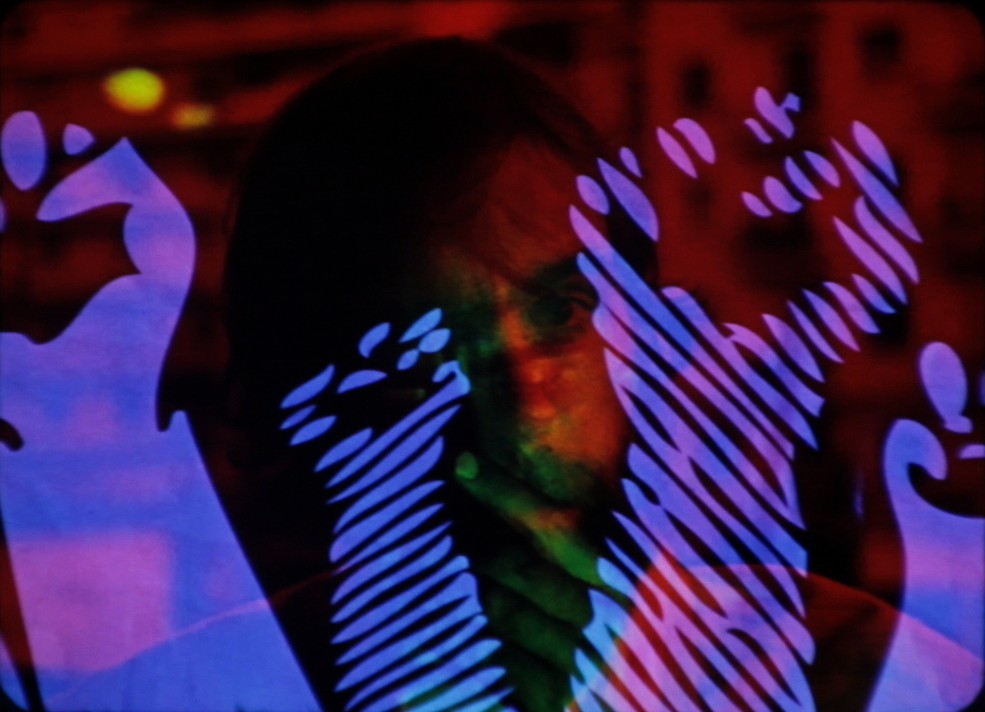
Austerity Measures by Guillaume Cailleau, Ben Russell
DEU 2011, Forum Expanded
© Guillaume Cailleau, Ben Russell

Austerity Measures by Guillaume Cailleau, Ben Russell
DEU 2011, Forum Expanded
© Guillaume Cailleau, Ben Russell
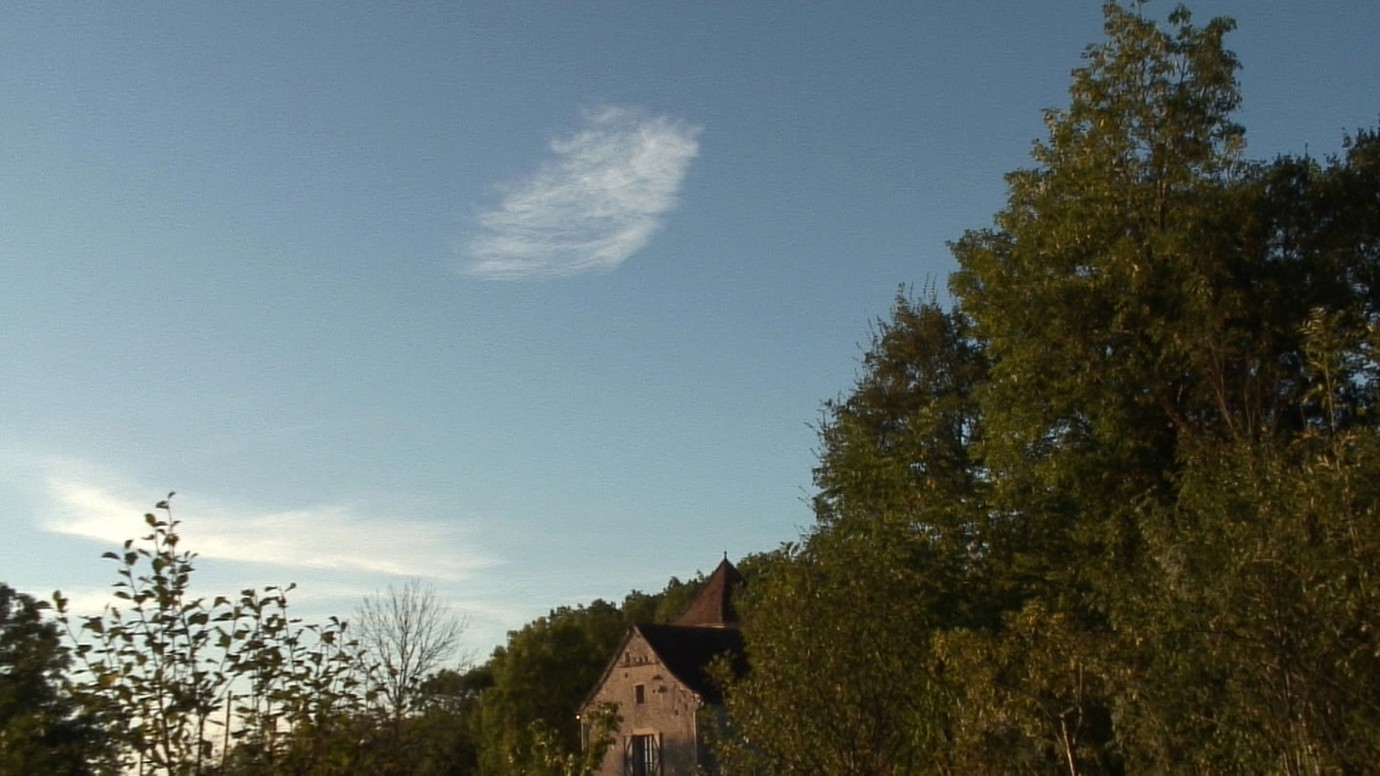
Vater, Mutter, was soll ich heute filmen? by Isabell Spengler
DEU 2011, Forum Expanded
© Isabell Spengler

Vater, Mutter, was soll ich heute filmen? by Isabell Spengler
DEU 2011, Forum Expanded
© Isabell Spengler
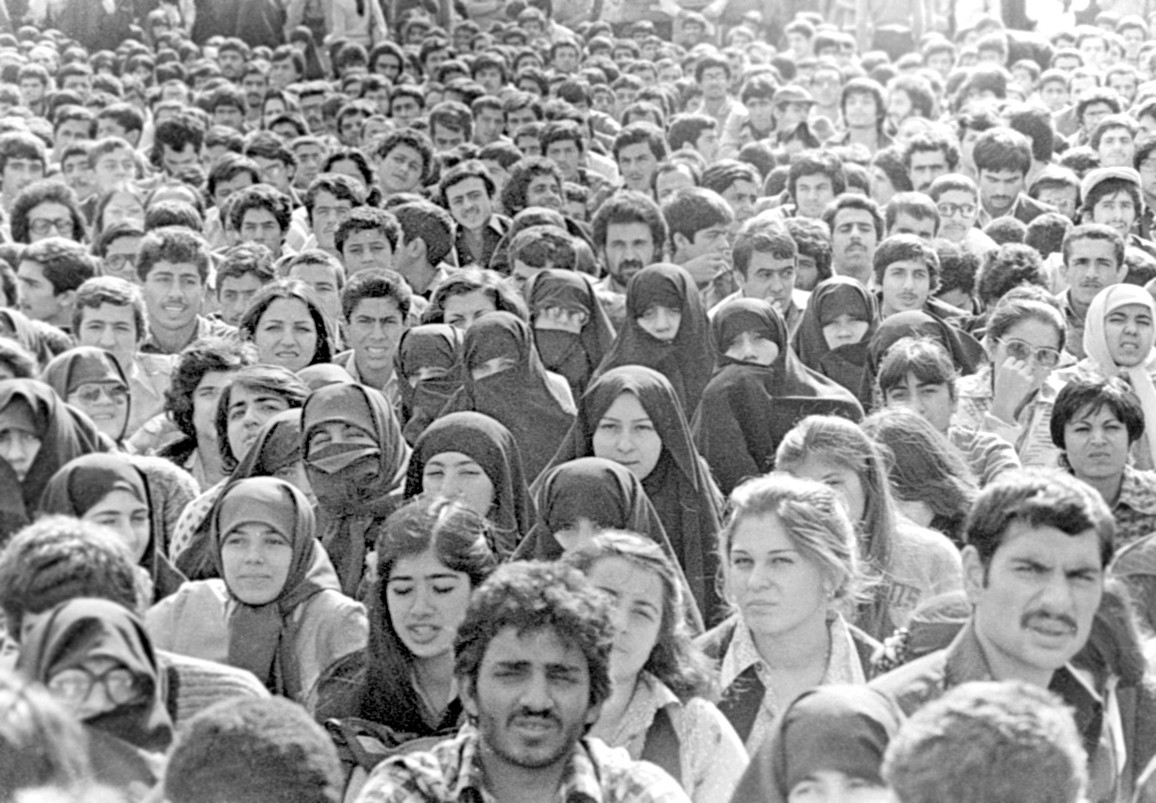
Blames and Flames by Mohammadreza Farzad
IRN 2011, Forum Expanded
© Mohammadreza Farzad
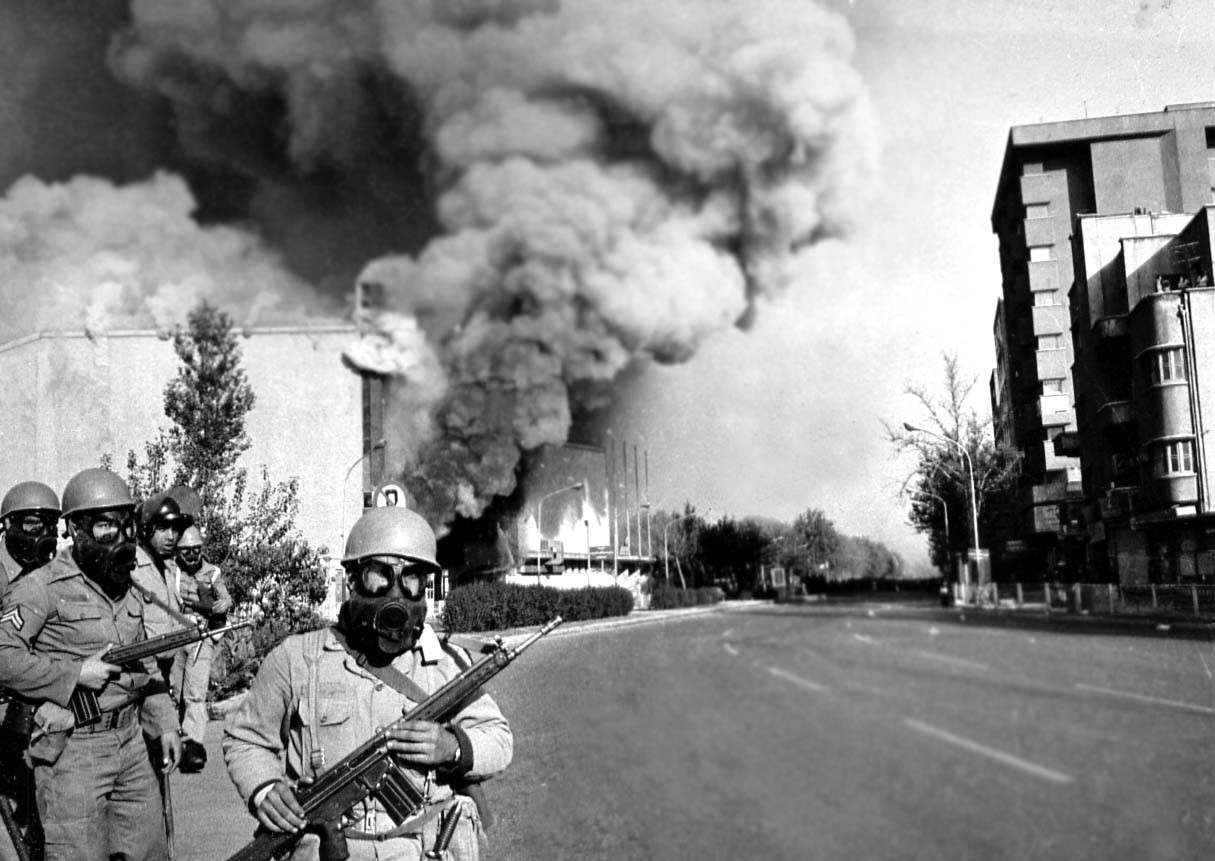
Blames and Flames by Mohammadreza Farzad
IRN 2011, Forum Expanded
© Mohammadreza Farzad
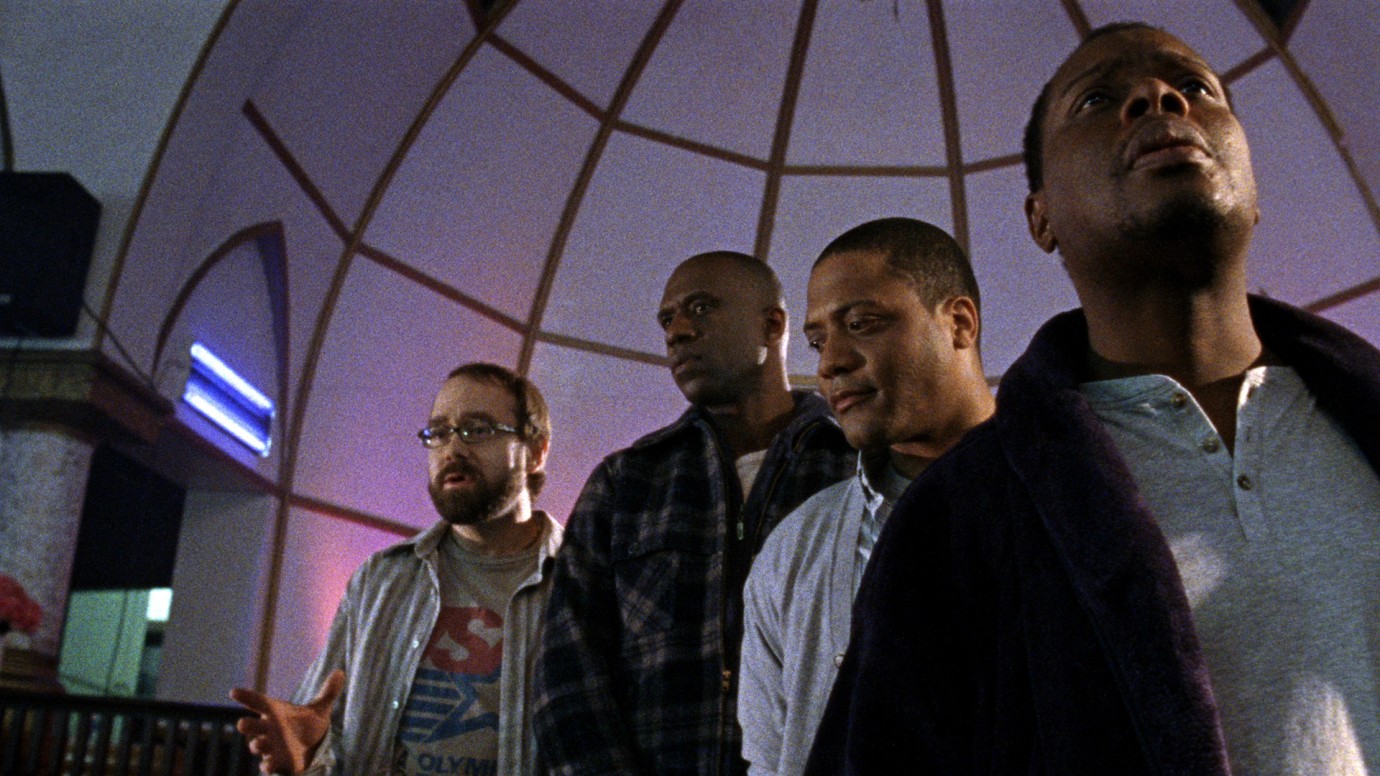
The last days of British Honduras by Catherine Sullivan, Farhad Sharmini
GBR 2011, Forum Expanded
© Catherine Sullivan, Farhad Sharmini
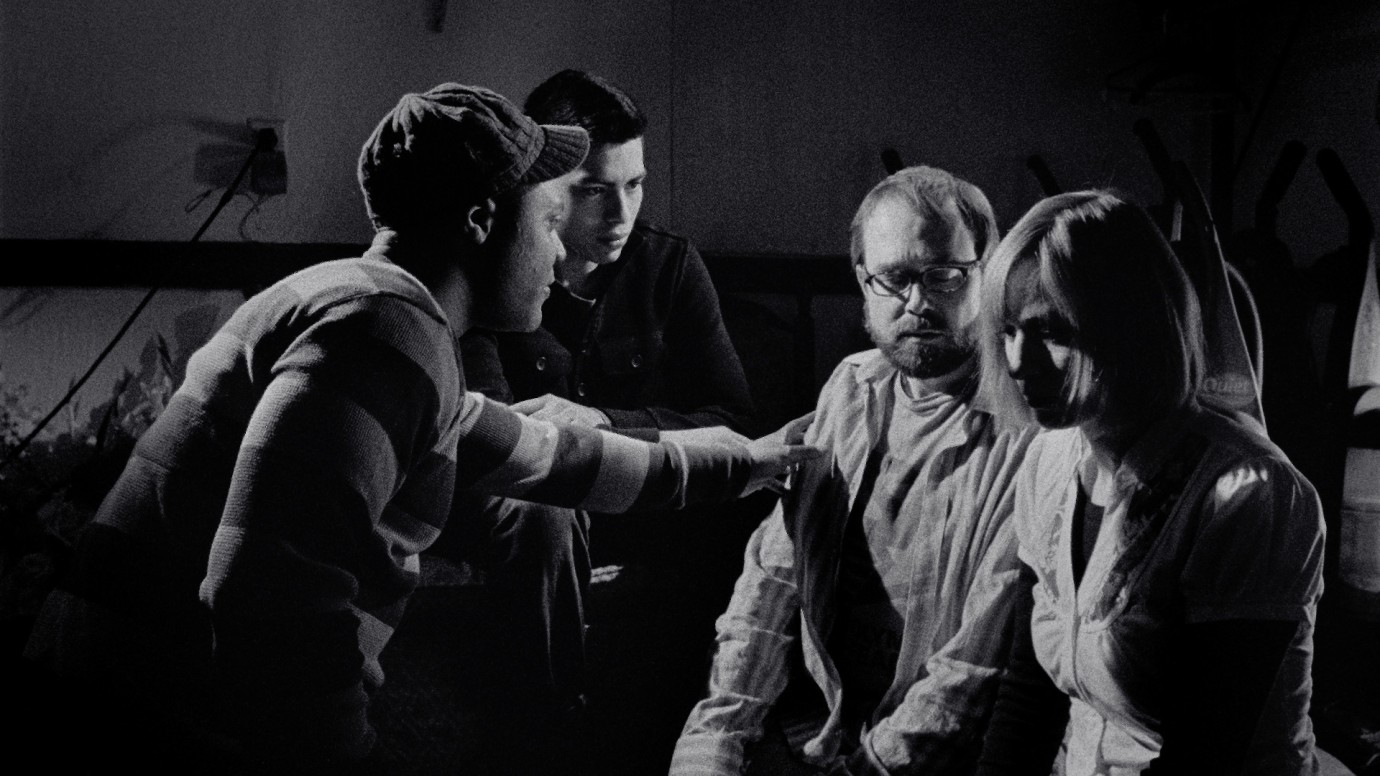
The last days of British Honduras by Catherine Sullivan, Farhad Sharmini
GBR 2011, Forum Expanded
© Catherine Sullivan, Farhad Sharmini
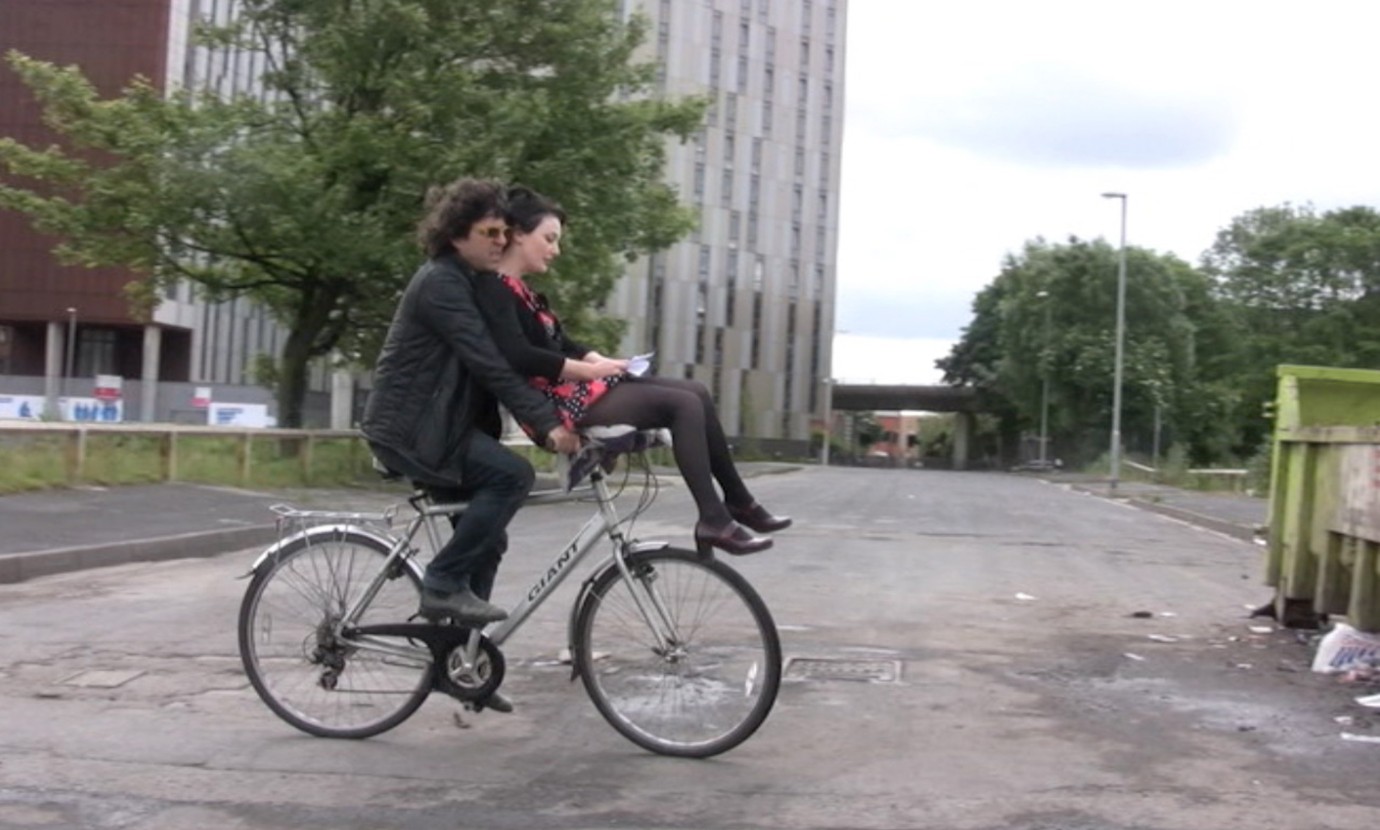
Friedrich Engels - The Condition of the Working Class in England, Manchester 2011 | Friedrich Engels - Die Lage der arbeitenden Klasse in England, Manchester 2011 by Rainer Ganahl
AUT/USA 2011, Forum Expanded
© Rainer Ganahl
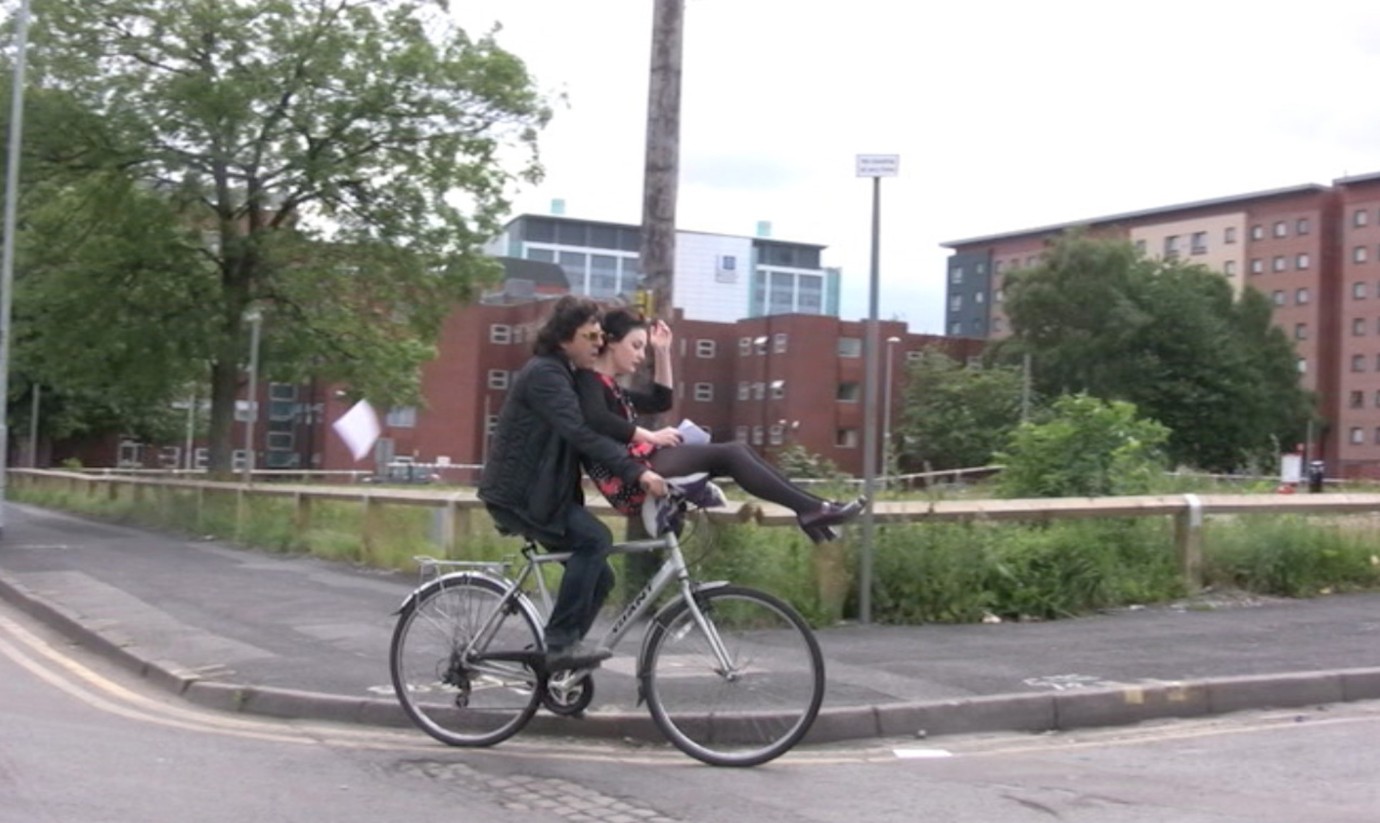
Friedrich Engels - The Condition of the Working Class in England, Manchester 2011 | Friedrich Engels - Die Lage der arbeitenden Klasse in England, Manchester 2011 by Rainer Ganahl
AUT/USA 2011, Forum Expanded
© Rainer Ganahl
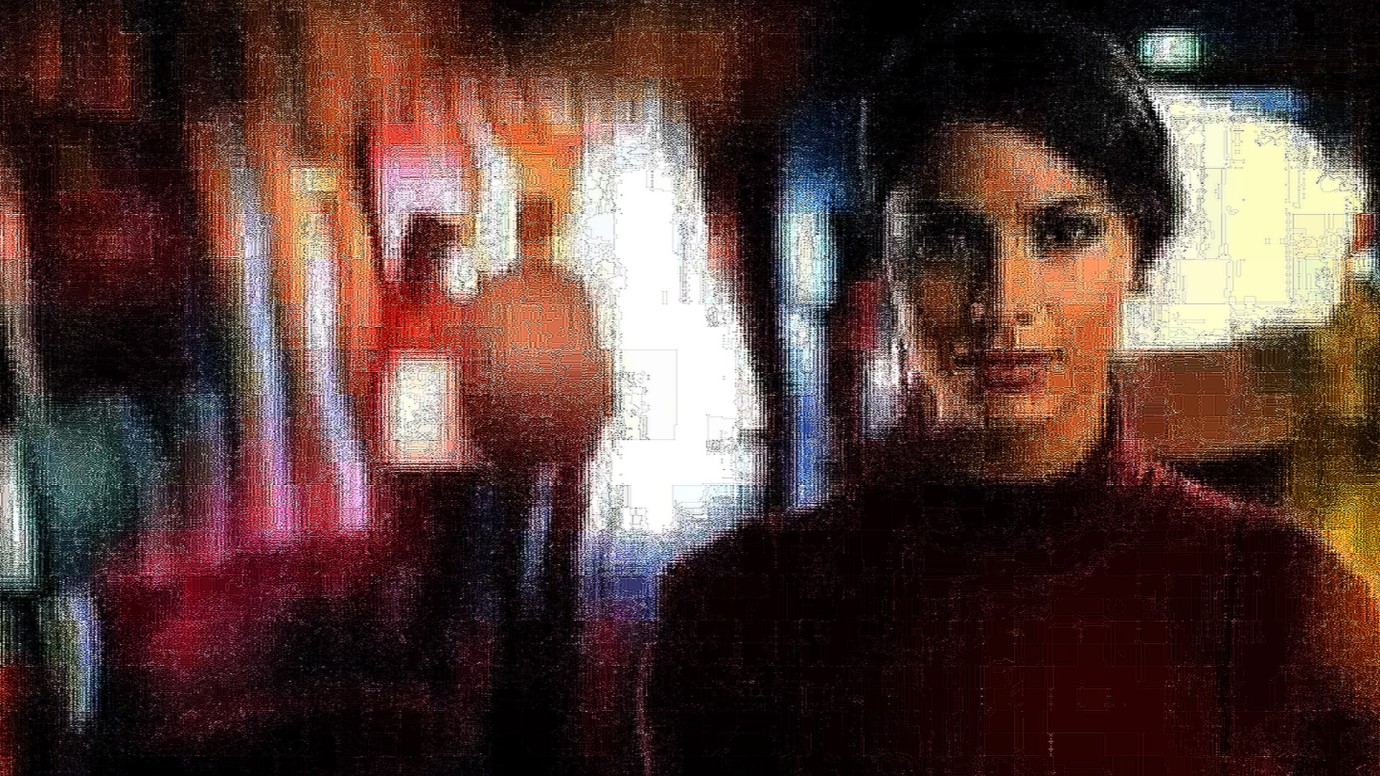
Anathema by Otolith Group
GBR/FRA 2011,
© Otolith Group
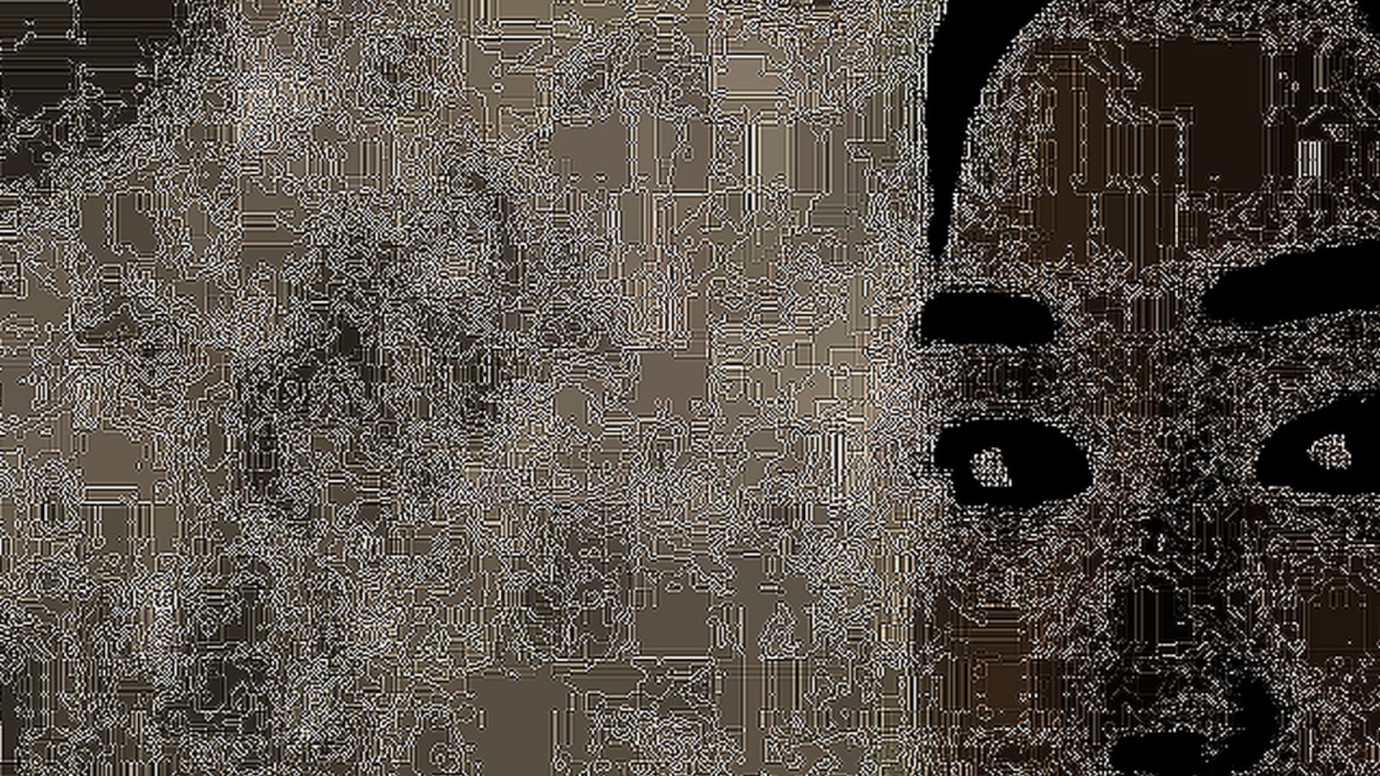
Anathema by Otolith Group
GBR/FRA 2011,
© Otolith Group
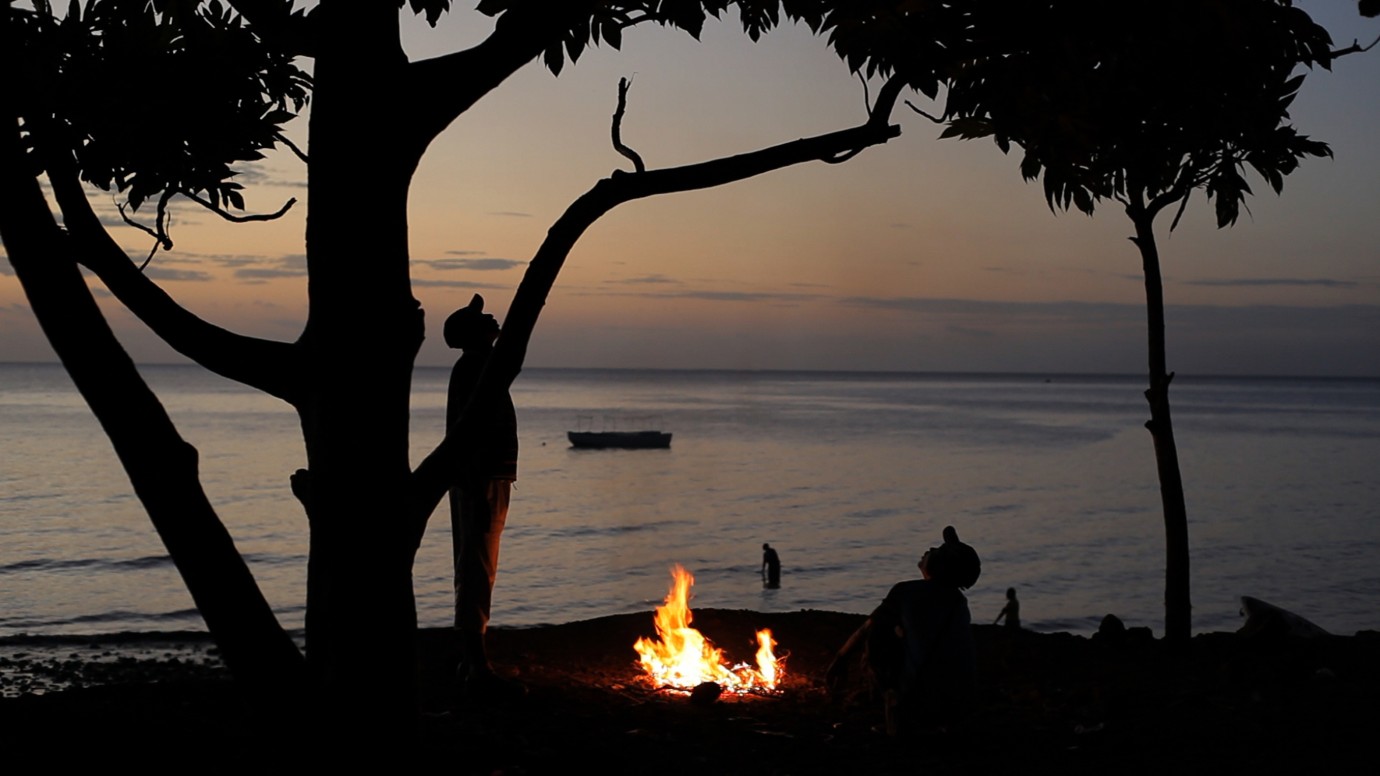
A Tale of Two Islands | Installation by Steffen Köhn, Paola Calvo
DEU 2011,
© Steffen Köhn, Paola Calvo
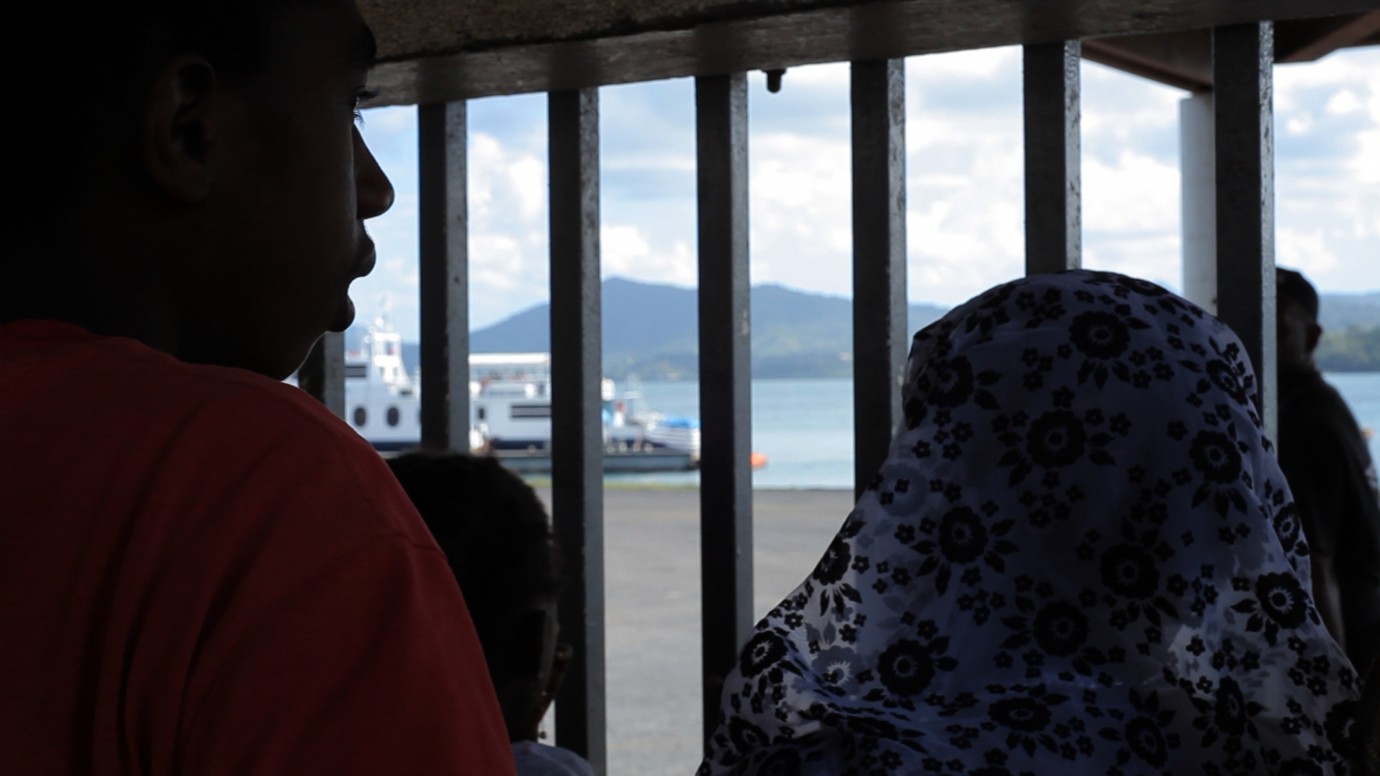
A Tale of Two Islands | Installation by Steffen Köhn, Paola Calvo
DEU 2011,
© Steffen Köhn, Paola Calvo
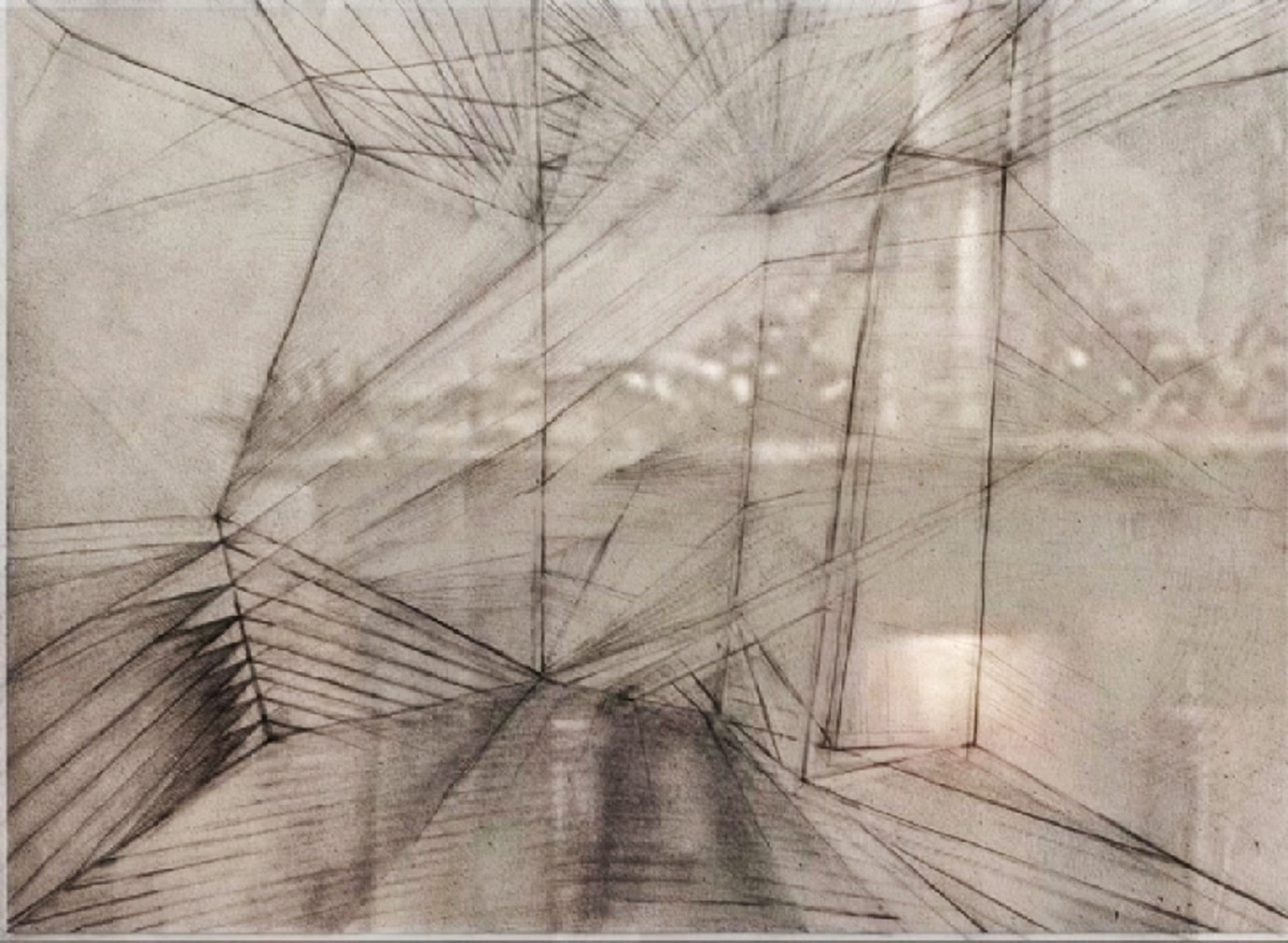
A world of our own by Eline McGeorge
GBR/NOR 2011,
© Eline McGeorge

A world of our own by Eline McGeorge
GBR/NOR 2011,
© Eline McGeorge

La Rouge Et La Noire | The Red and the Black by Isabelle Prim
FRA 2011, Forum Expanded
© Isabelle Prim
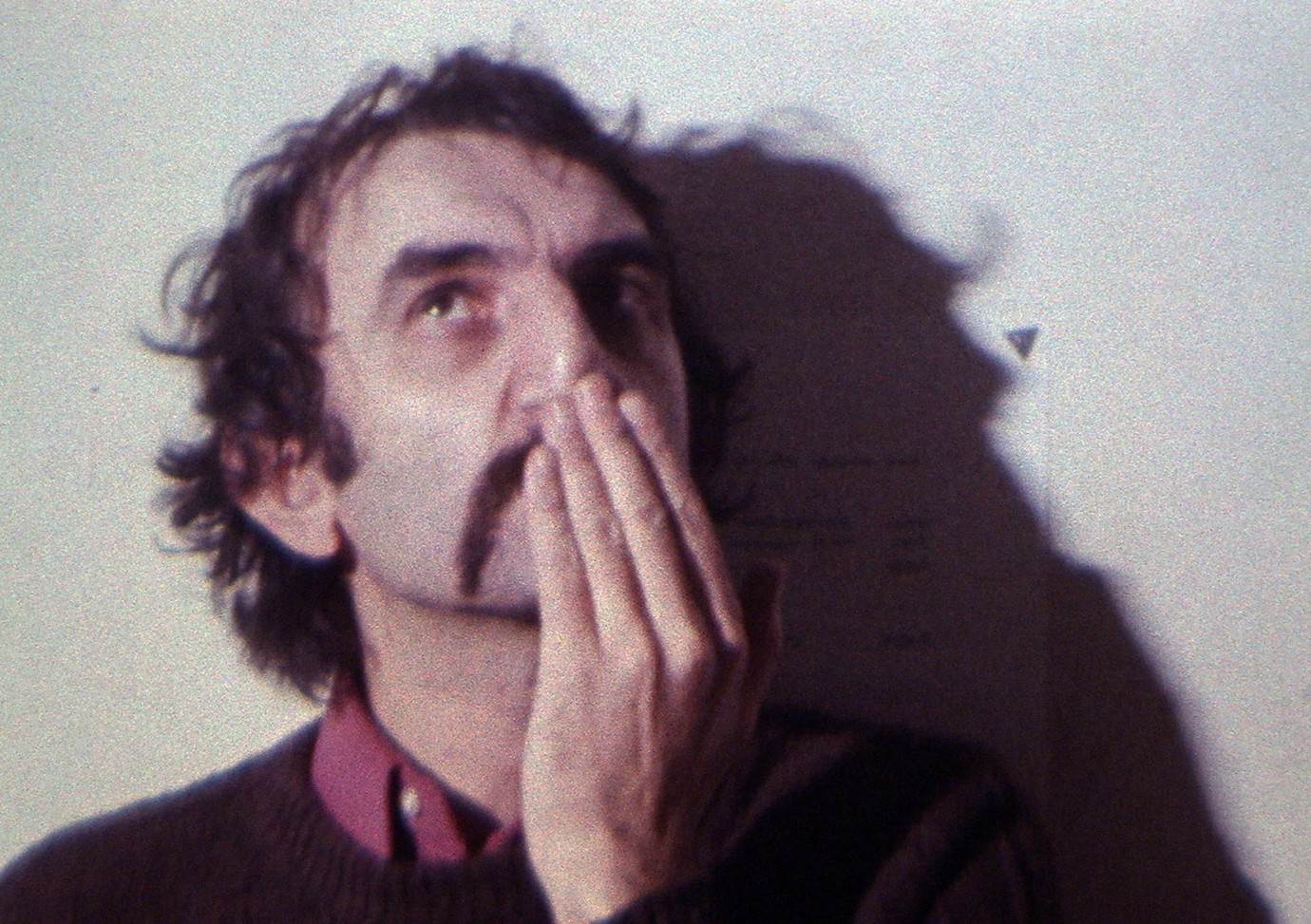
La Rouge Et La Noire | The Red and the Black by Isabelle Prim
FRA 2011, Forum Expanded
© Isabelle Prim
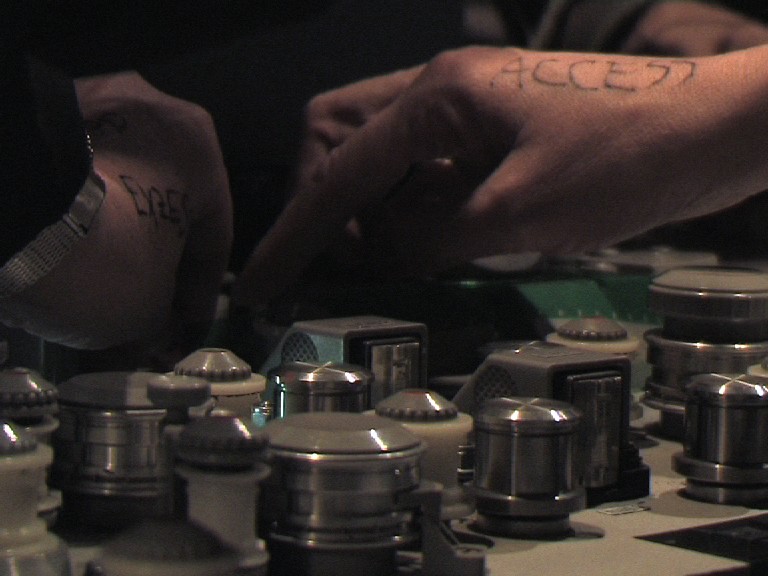
Möglichkeitsraum IV - Access : Diamond, Enter, Fin... by Angela Melitopoulos, Constanze Ruhm
DEU/AUT 2012, Forum Expanded
© Angela Melitopoulos
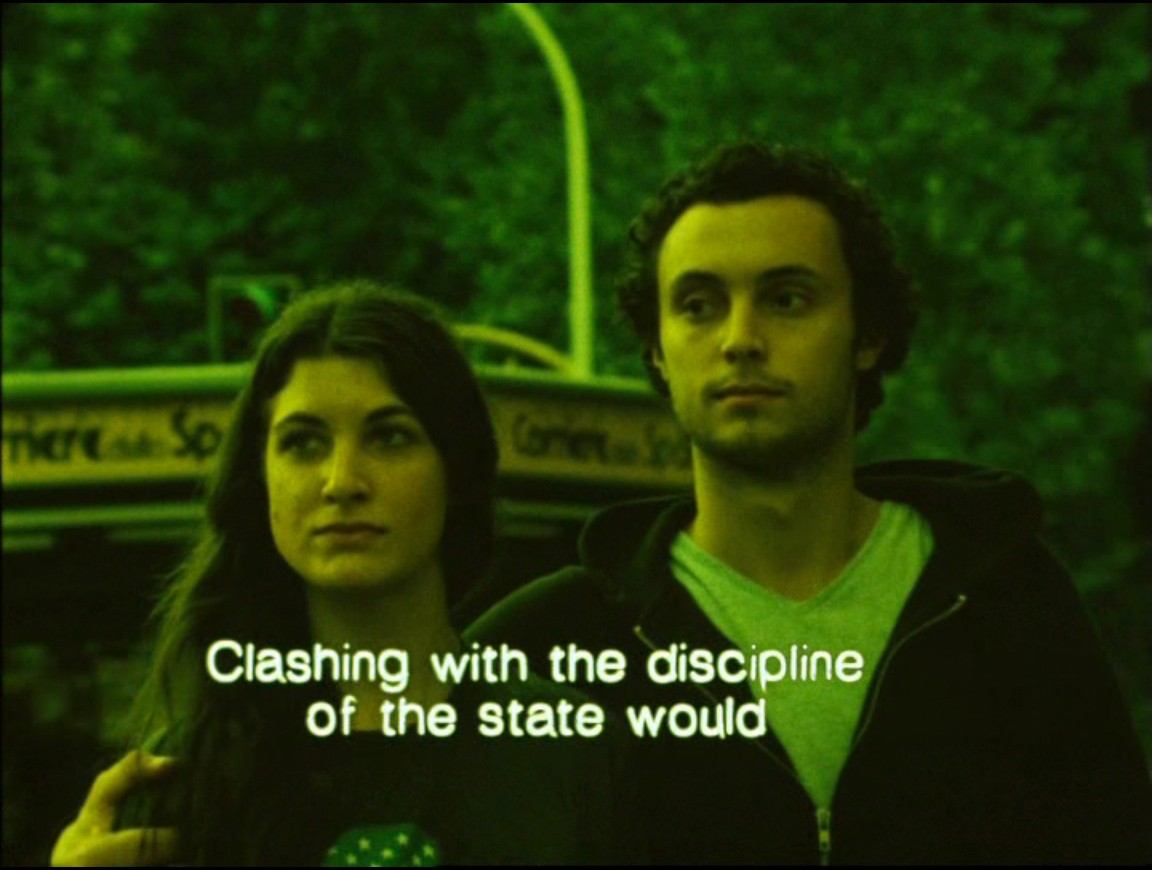
Carlo’s Vision by Rosalind Nashashibi
GBR/ITA 2011, Forum Expanded
© Rosalind Nashashibi
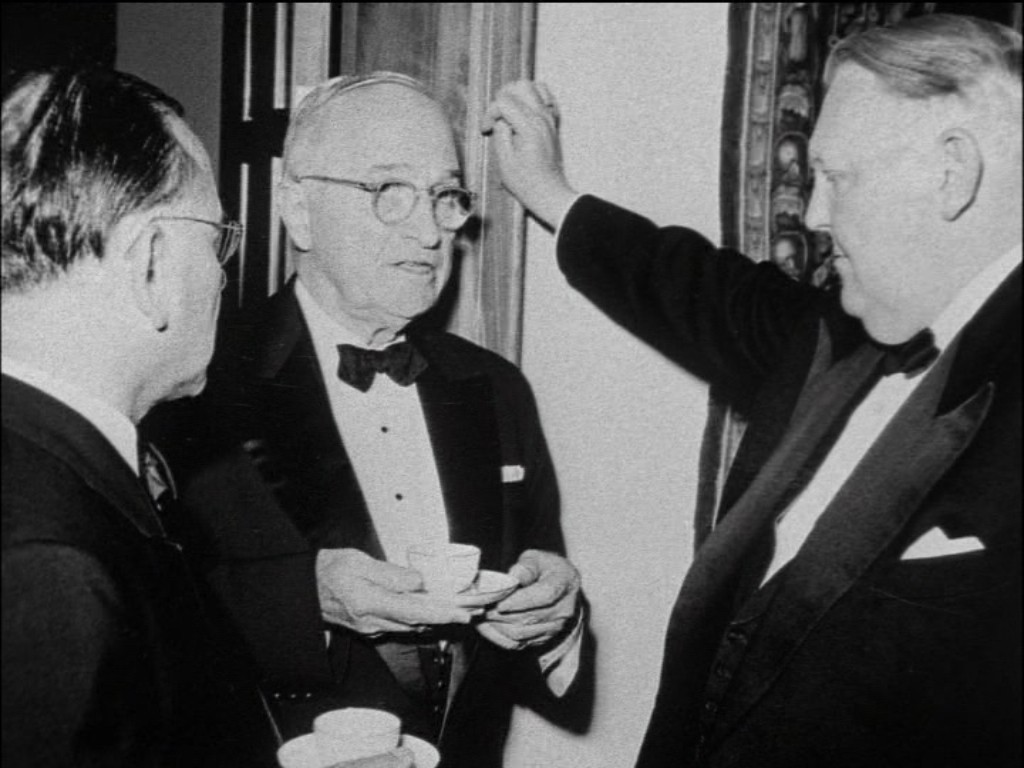
Arbeit by Duncan Campbell
IRL 2011,
© Duncan Campbell

Arbeit by Duncan Campbell
IRL 2011,
© Duncan Campbell
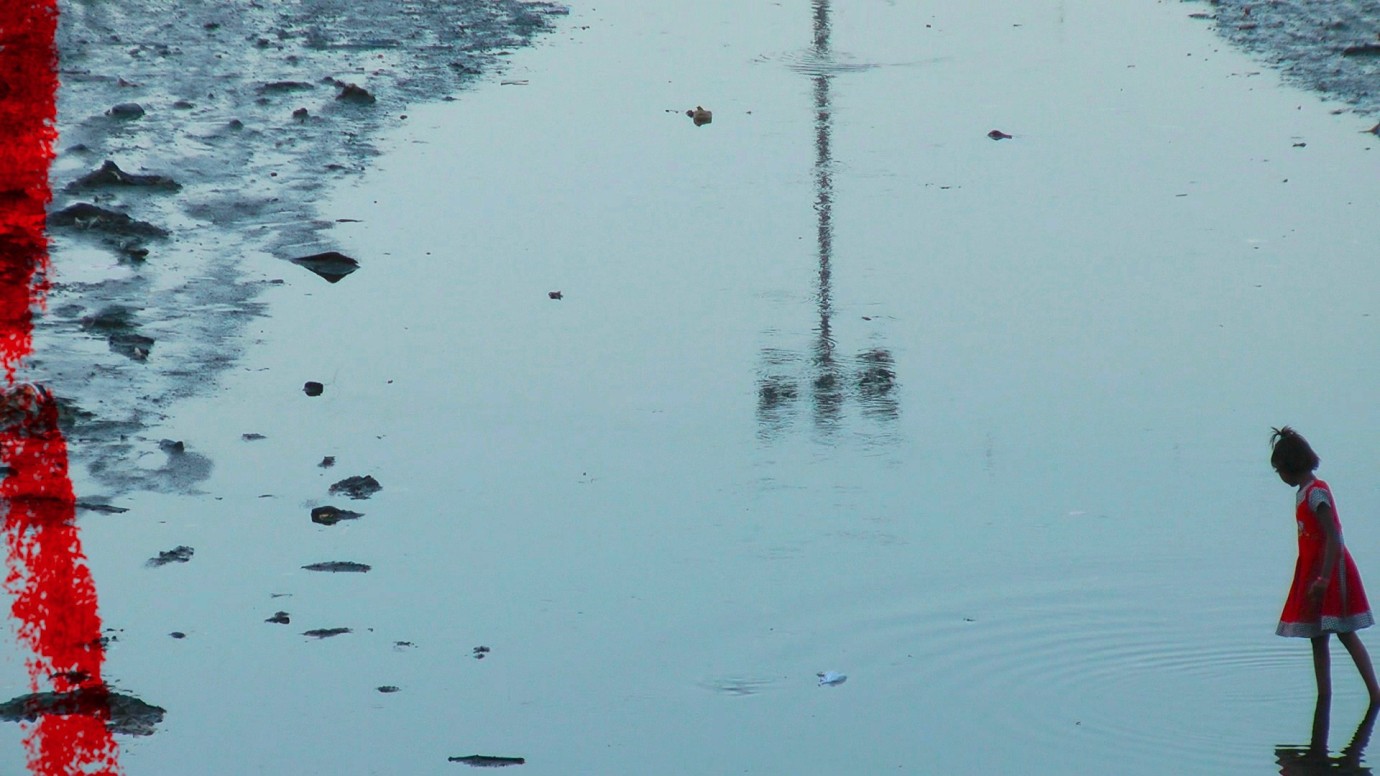
r i v e r r e d by Eva Heldmann
DEU 2011, Forum Expanded
© Eva Heldmann
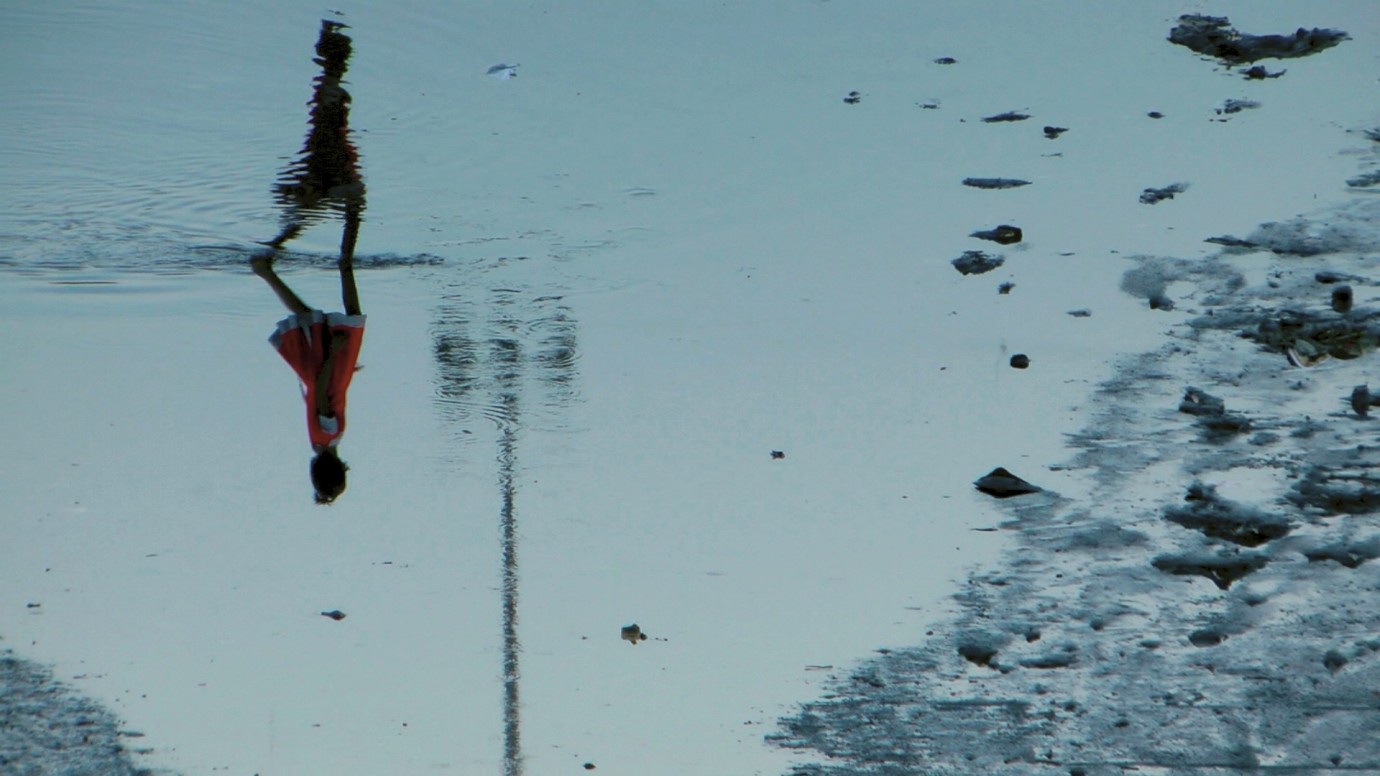
r i v e r r e d by Eva Heldmann
DEU 2011, Forum Expanded
© Eva Heldmann
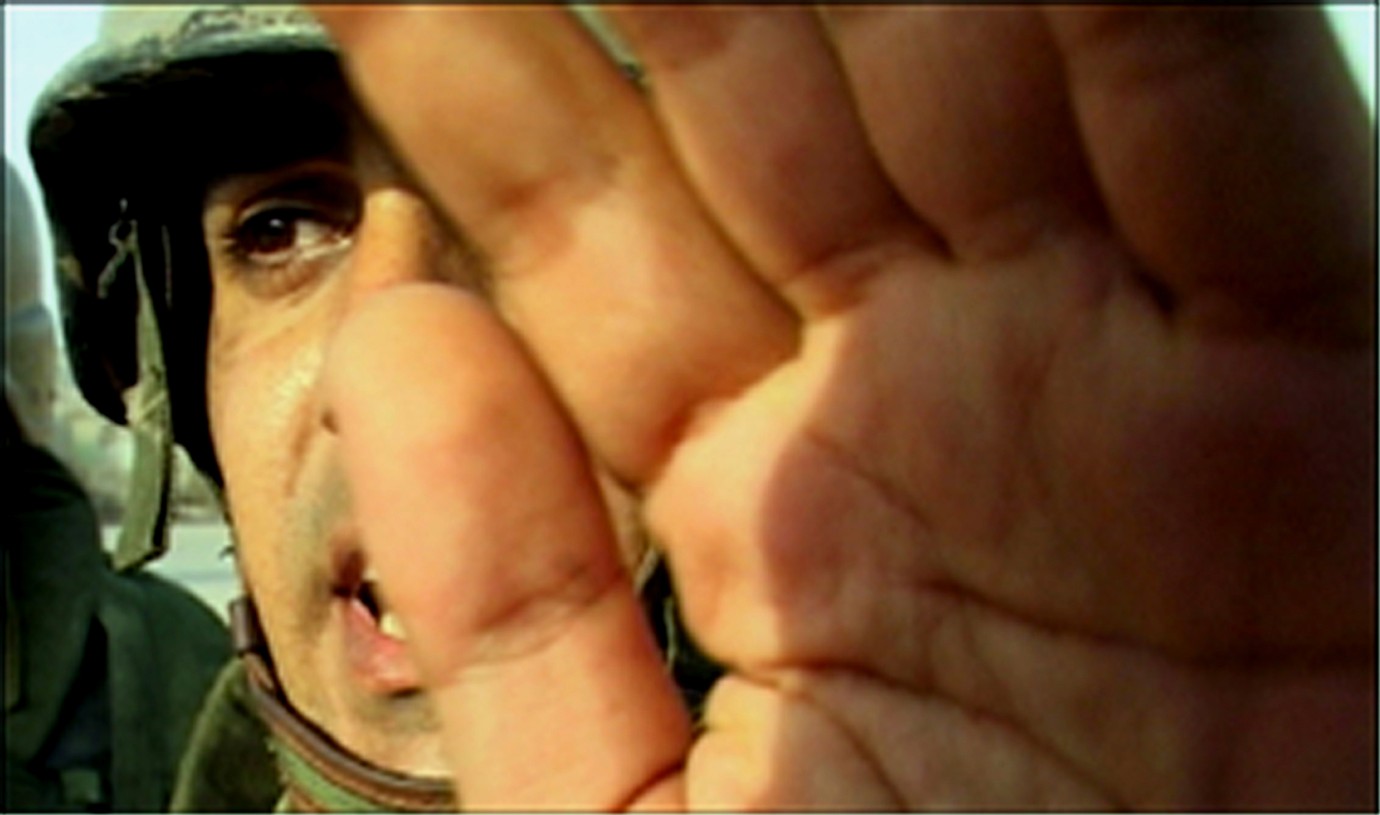
At the Back/The Details by Avi Mograbi, Noam Enbar, Ariel Armoni, Adam Sheflan, ...
ISR 2012, Forum Expanded
© Avi Mograbi

Venus Mission by Anne Quirynen
DEU 2012,
© Anne Quirynen
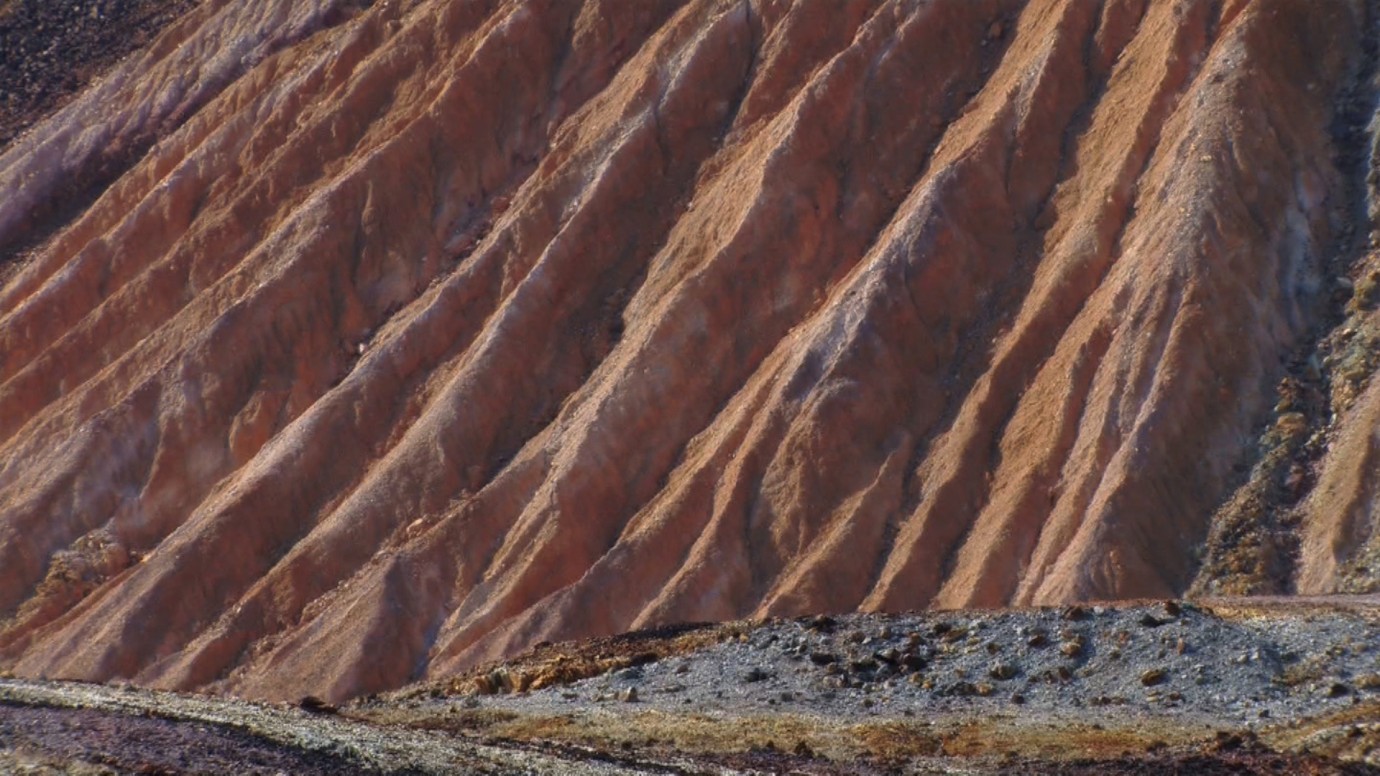
Venus Mission by Anne Quirynen
DEU 2012,
© Anne Quirynen
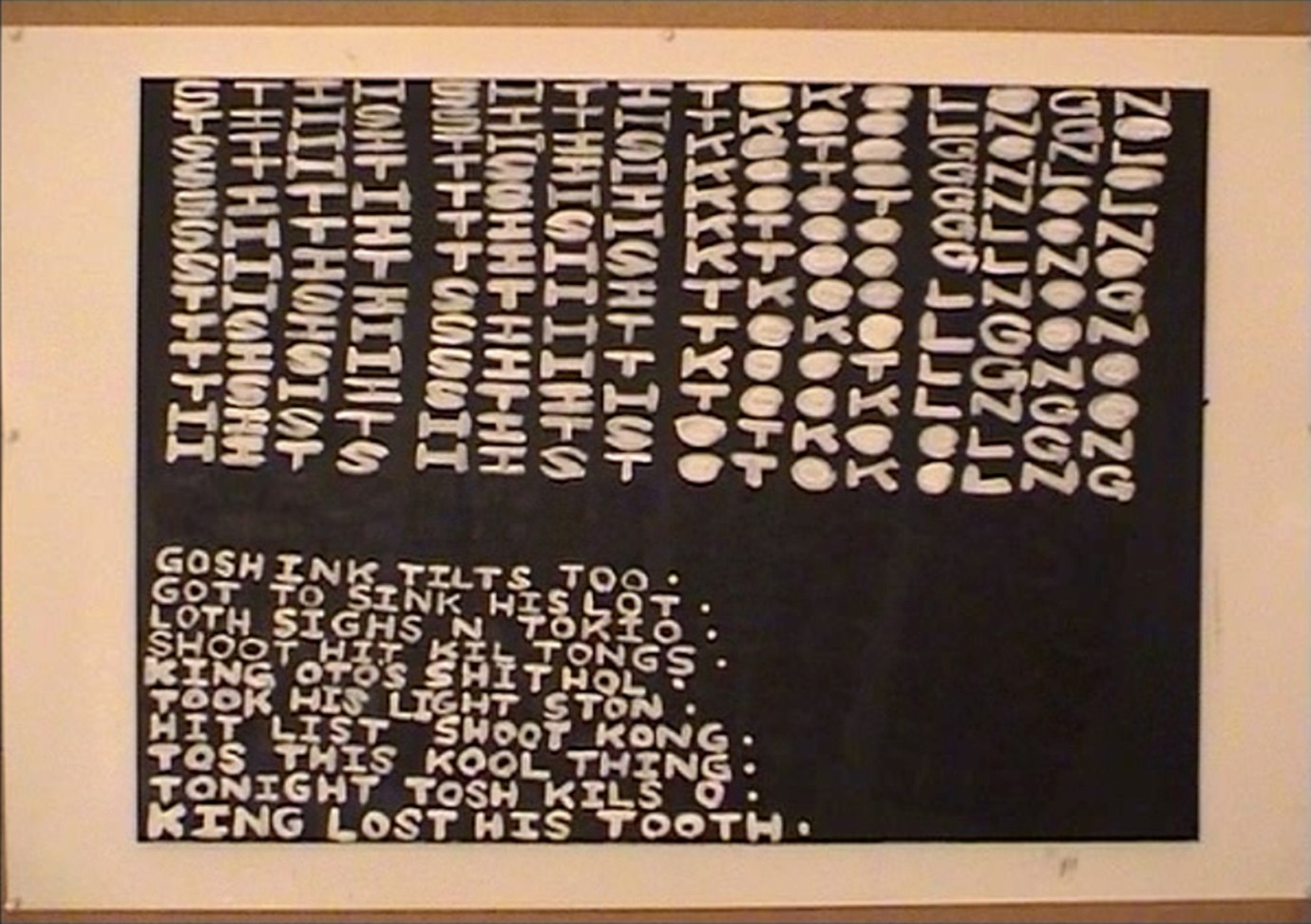
King Lost His Tooth by Gheith Al-Amine
LBN 2011, Forum Expanded
© Gheith Al-Amine

My father is still a communist, intimate secrets to be published by Ahmad Ghossein
LBN 2011, Forum Expanded
© Ahmad Ghossein
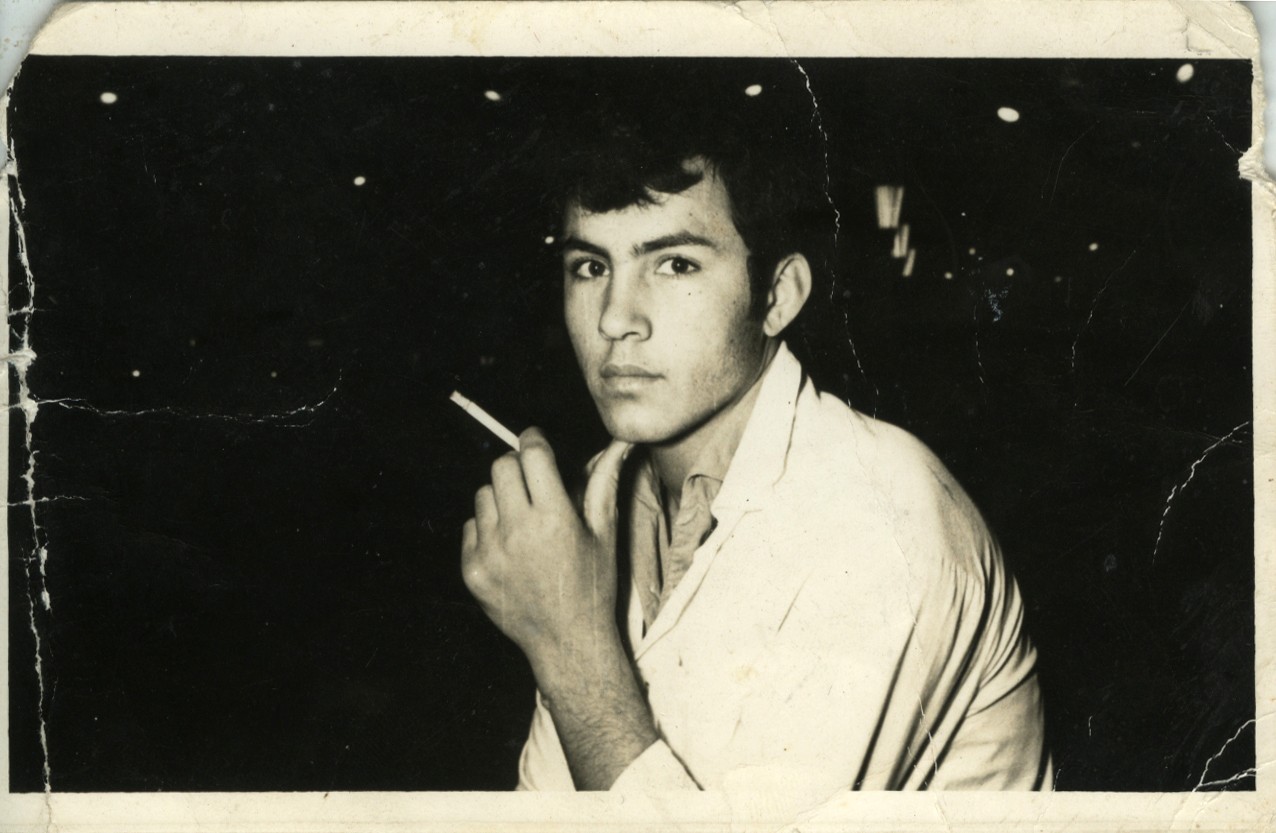
My father is still a communist, intimate secrets to be published by Ahmad Ghossein
LBN 2011, Forum Expanded
© Ahmad Ghossein
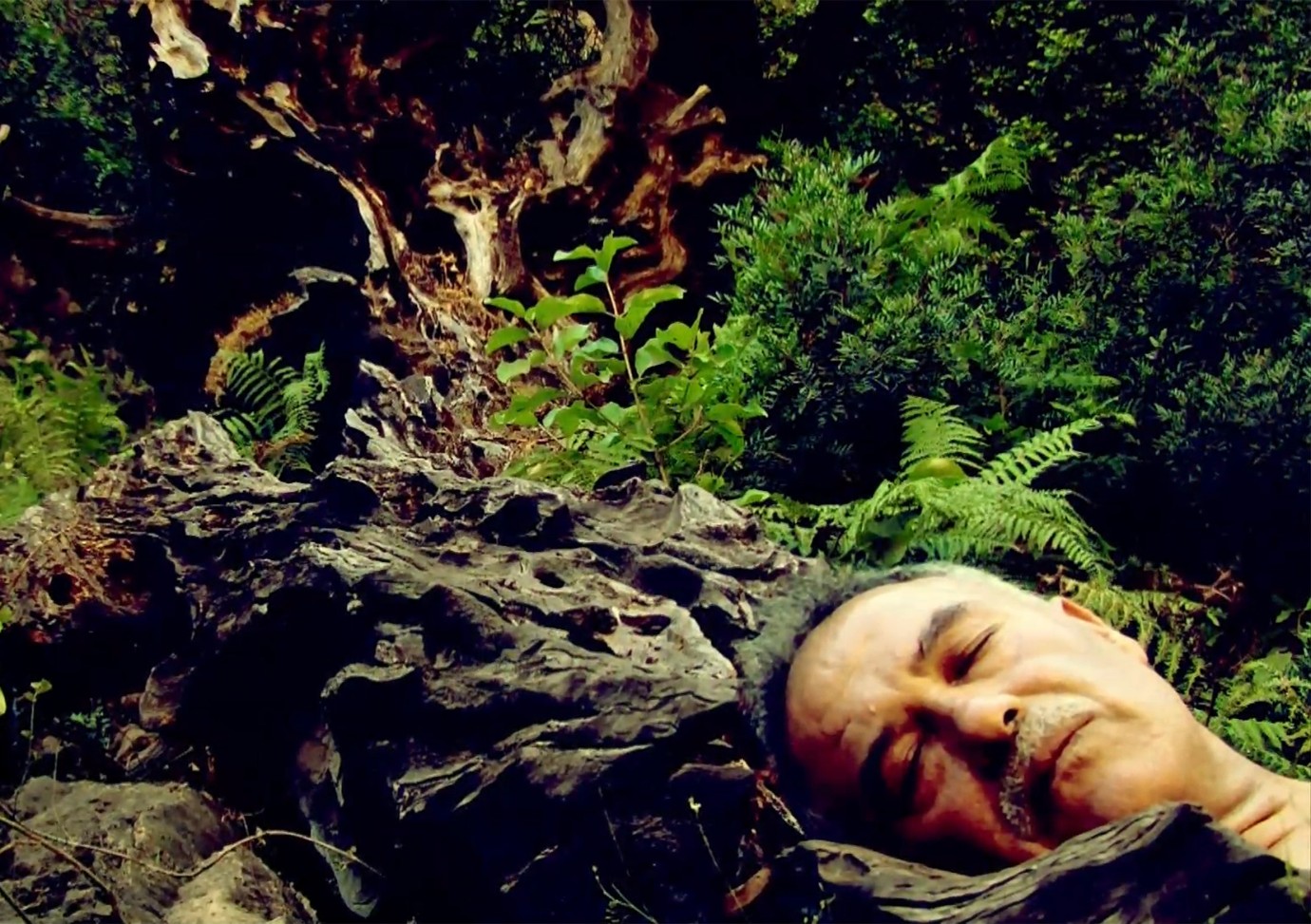
As they say by Hicham Ayouch
MAR/ARE 2011, Forum Expanded
© Hicham Ayouch
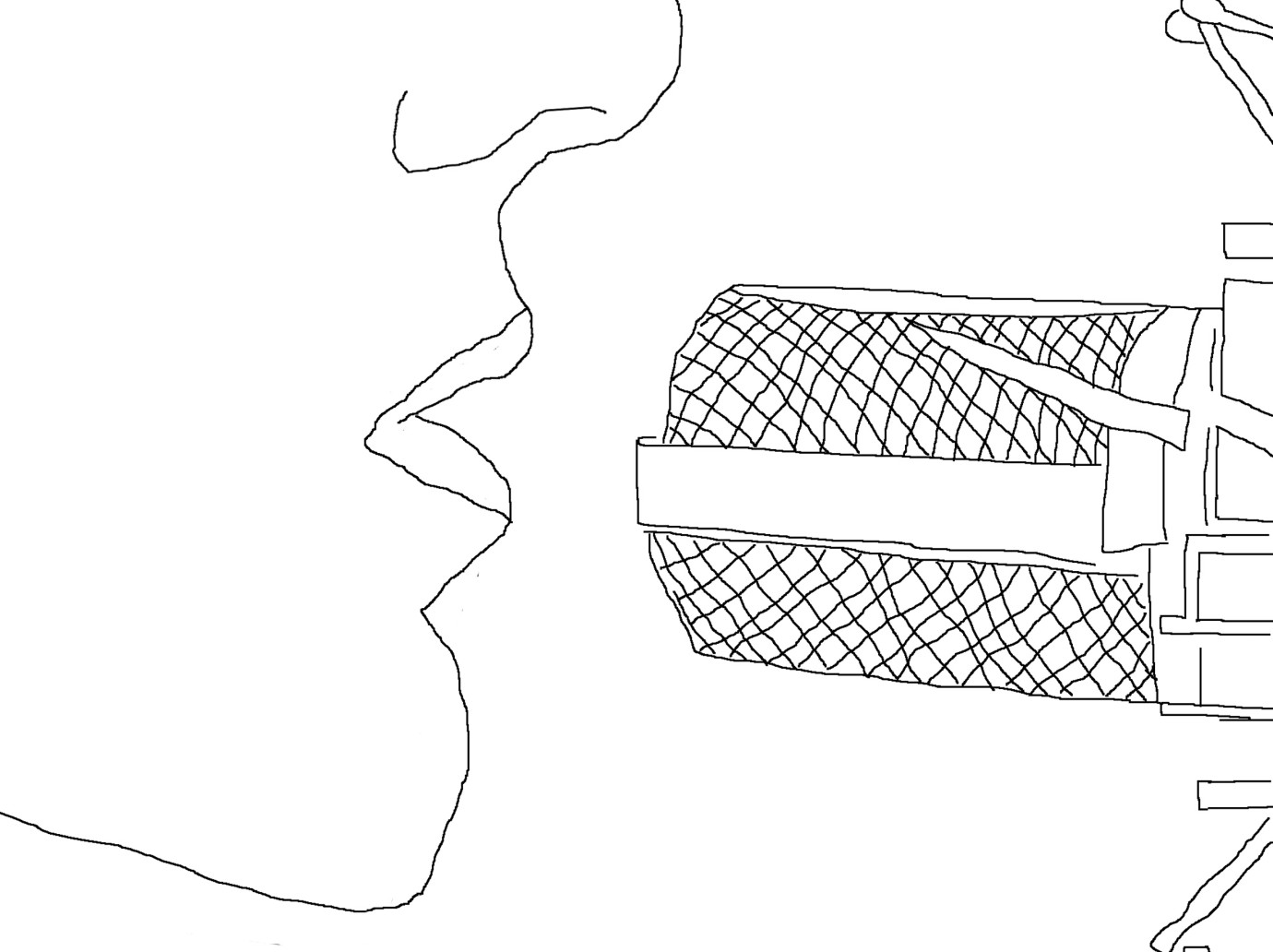
Service to Necessity by Florian Wüst
DEU 2012,
© Florian Wüst
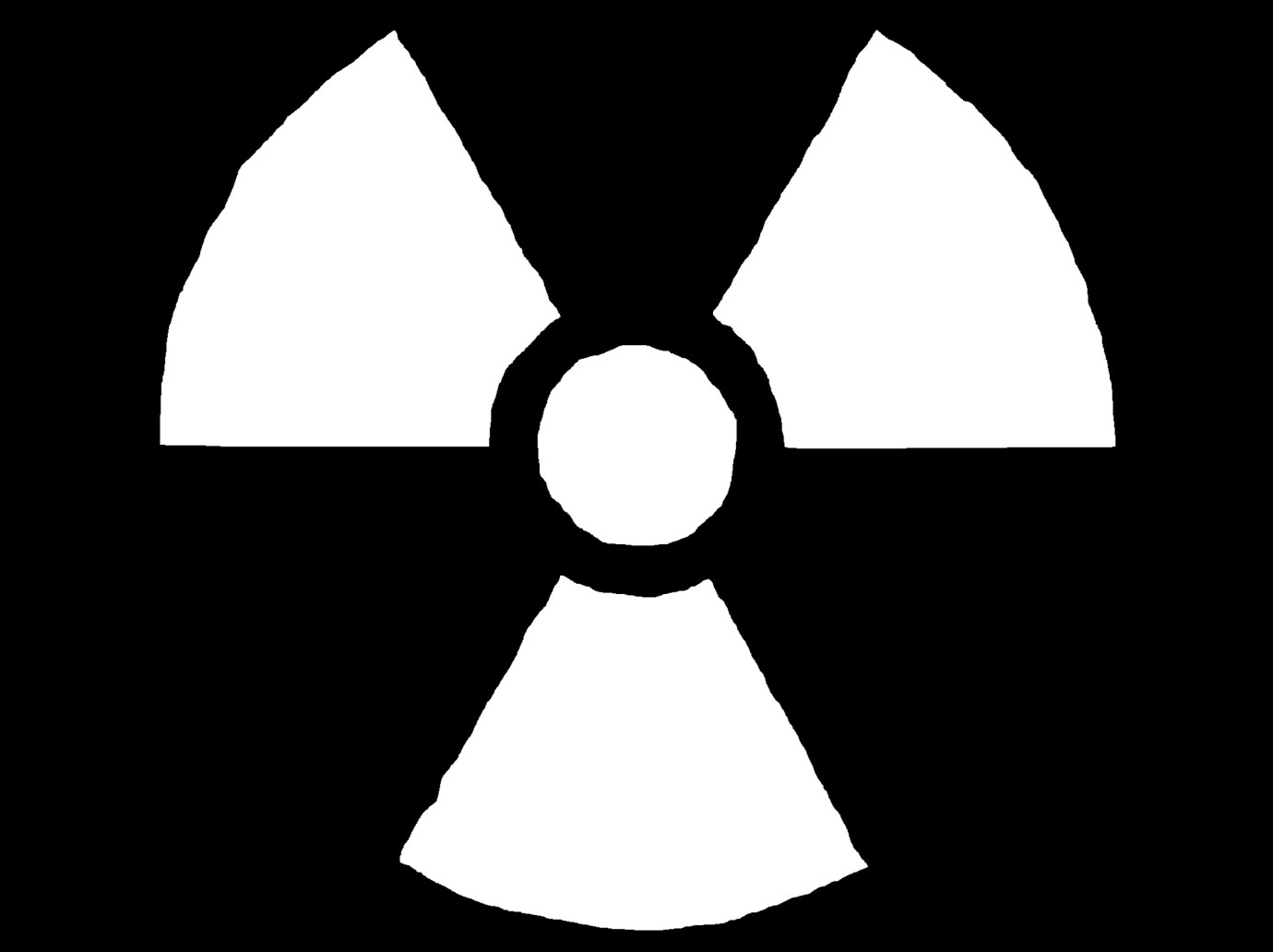
Service to Necessity by Florian Wüst
DEU 2012,
© Florian Wüst
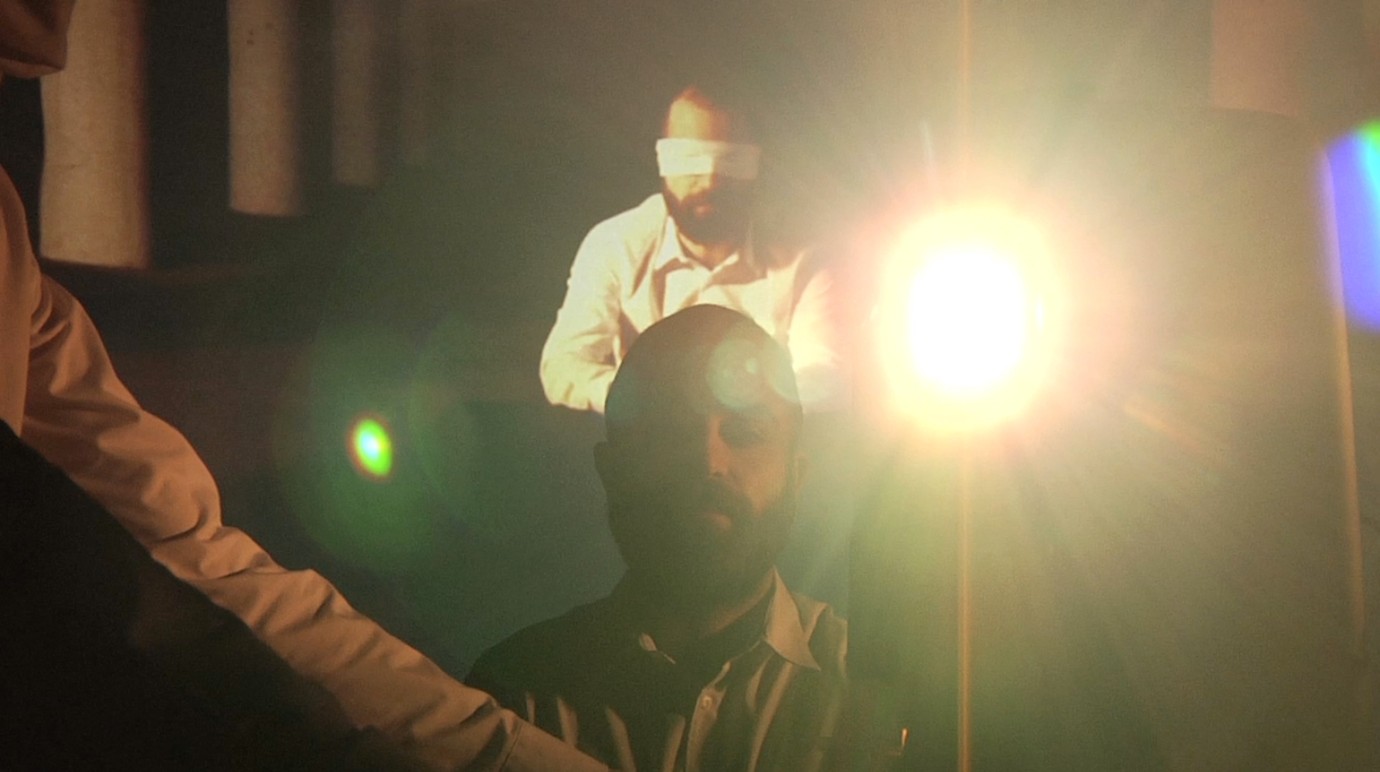
Conference of the Birds by Azin Feizabadi
IRN/DEU/USA 2011, Forum Expanded
© Azin Feizabadi
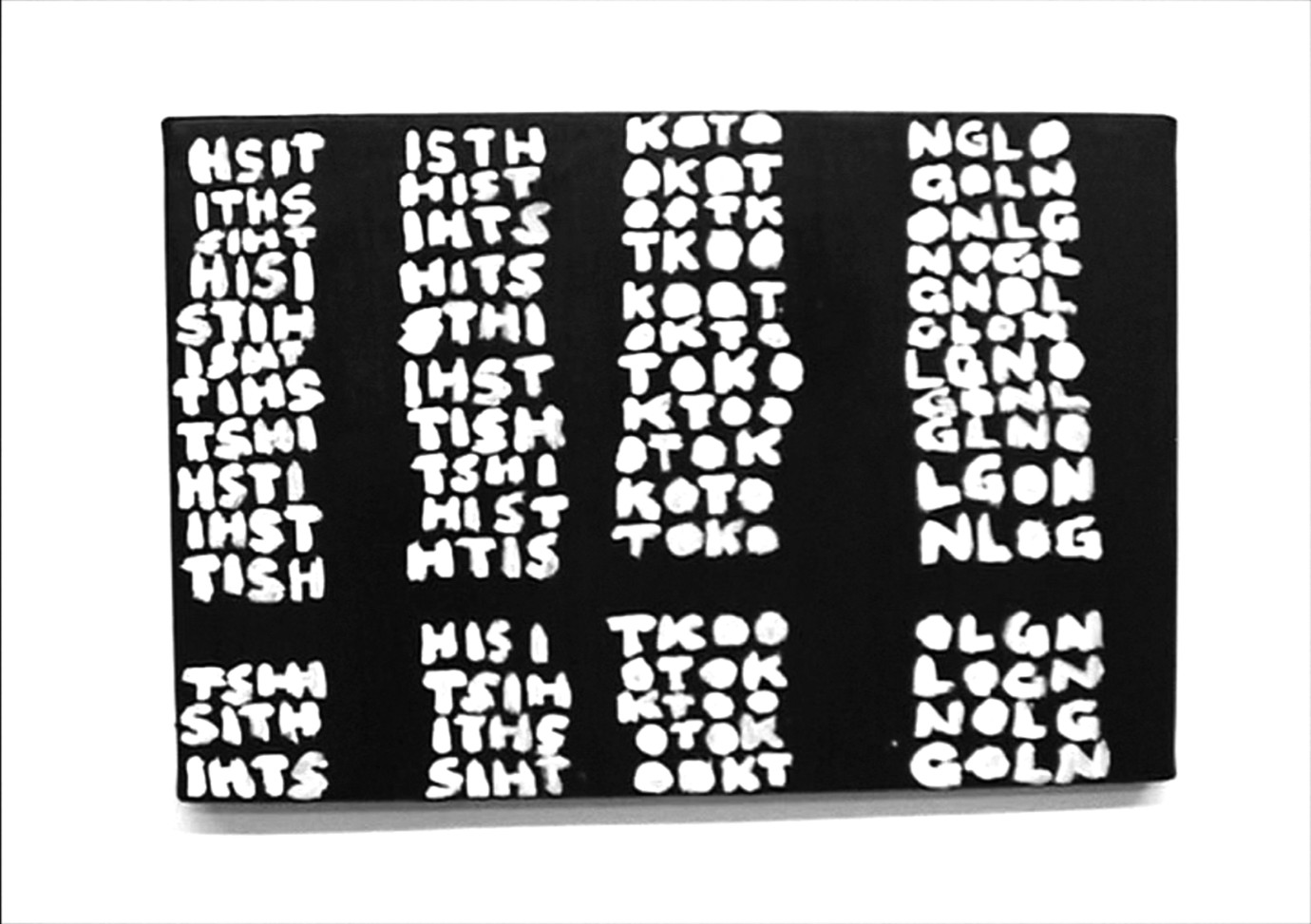
T.S.T.L. by Gheith Al-Amine
LBN 2011, Forum Expanded
© Gheith Al-Amine

On love and other landscapes by Yazan Khalili
PSE 2011,
© Yazan Khalili
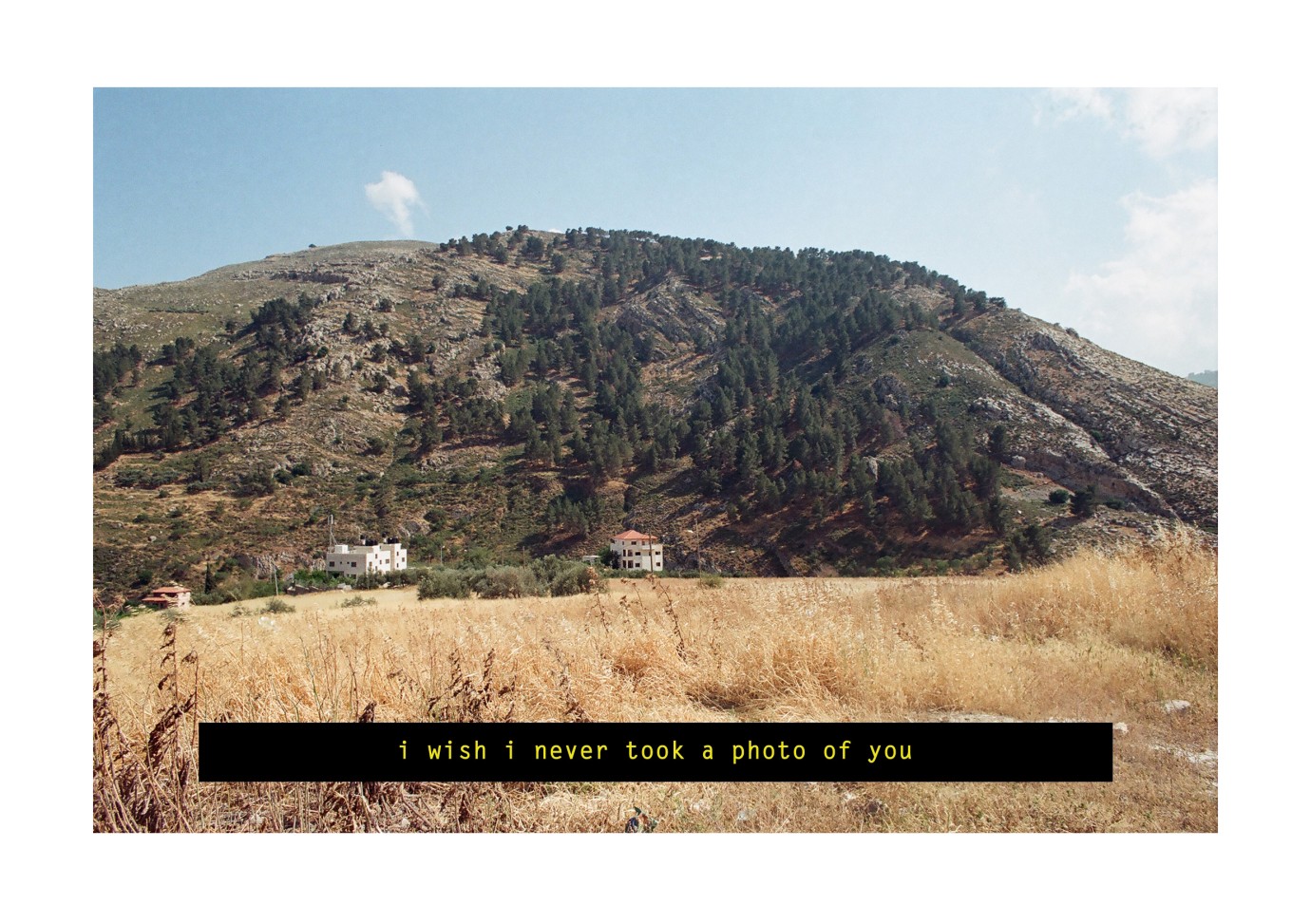
On love and other landscapes by Yazan Khalili
PSE 2011,
© Yazan Khalili
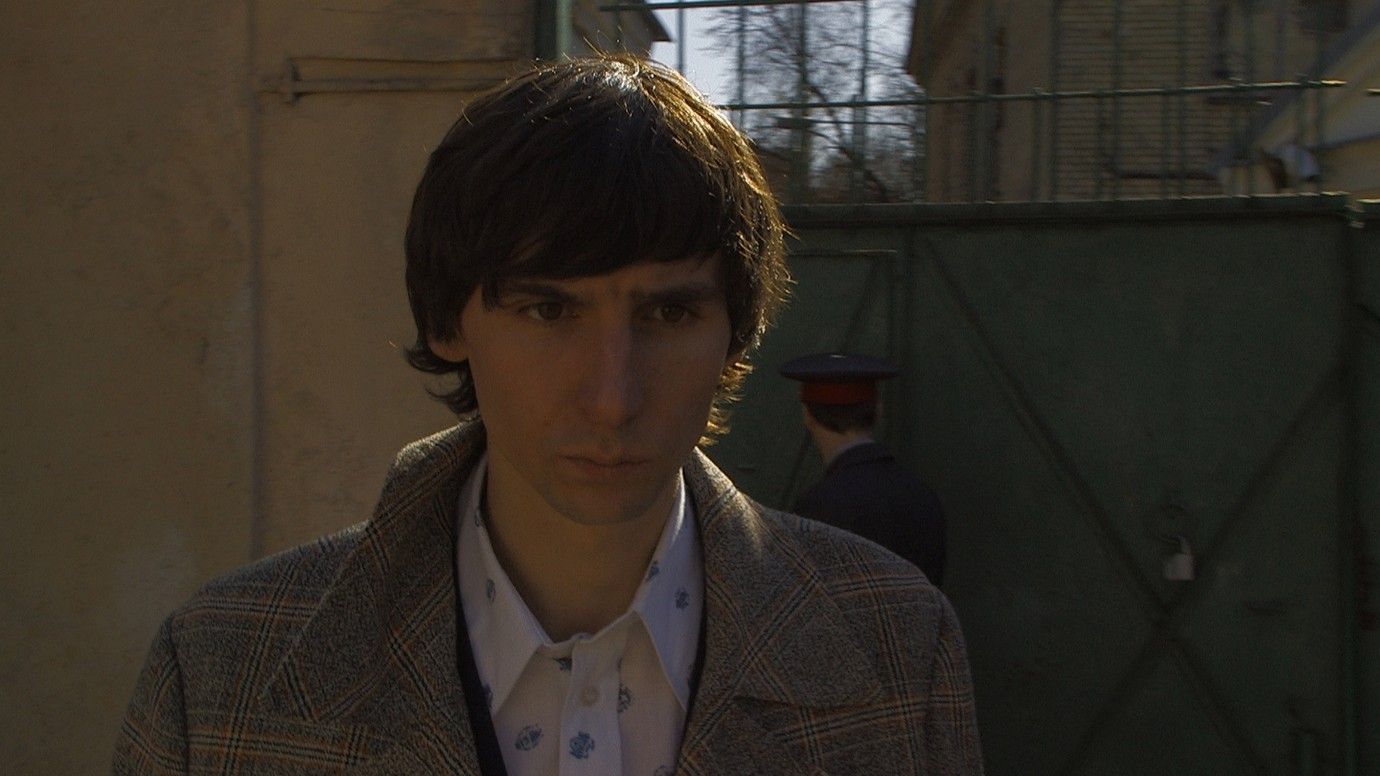
Draudziami Jausmai | Restricted Sensation by Deimantas Narkevicius
LTU 2011, Forum Expanded
© gb agency, Courtesy Galerie Barbara Weiss, Berlin
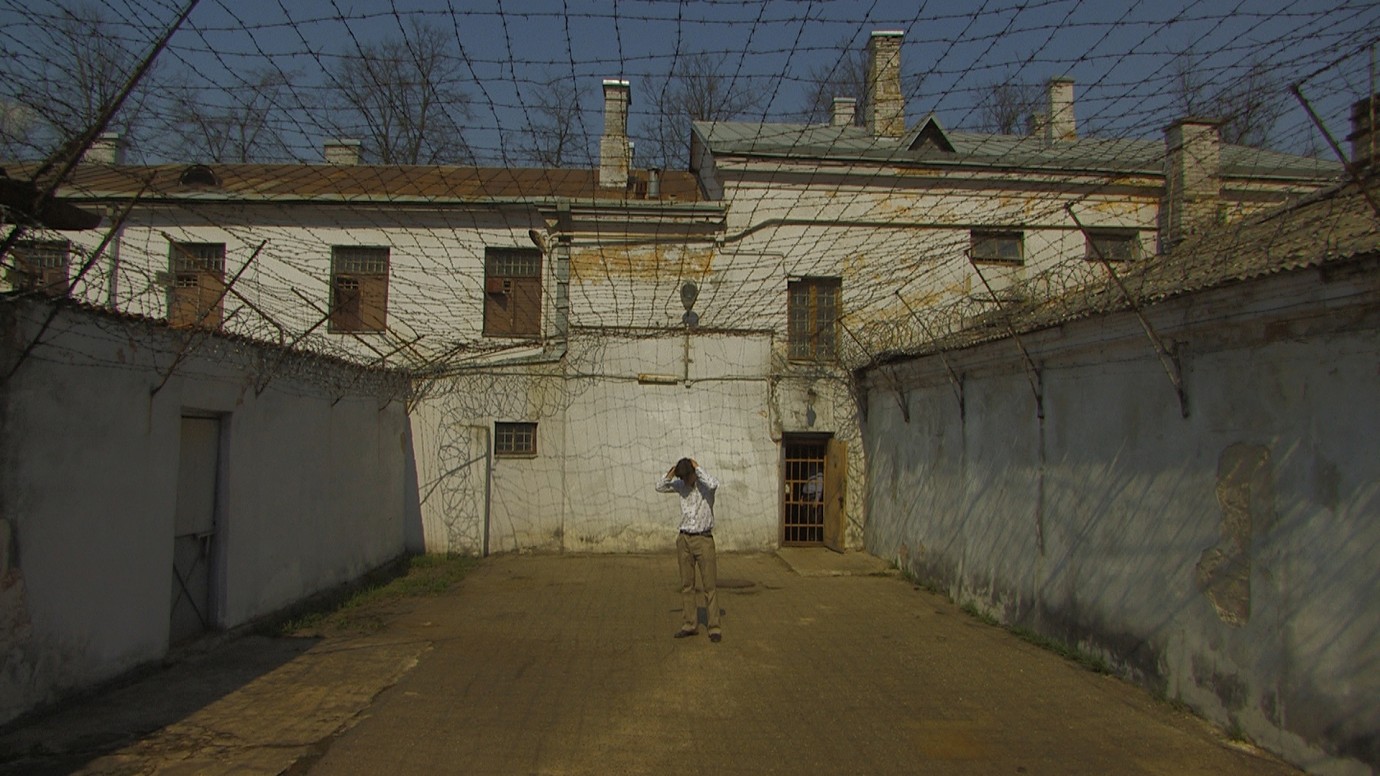
Draudziami Jausmai | Restricted Sensation by Deimantas Narkevicius
LTU 2011, Forum Expanded
© gb agency, Courtesy Galerie Barbara Weiss, Berlin

Bye Bye by Paul Geday
EGY/NLD 2011, Forum Expanded
© Paul Geday
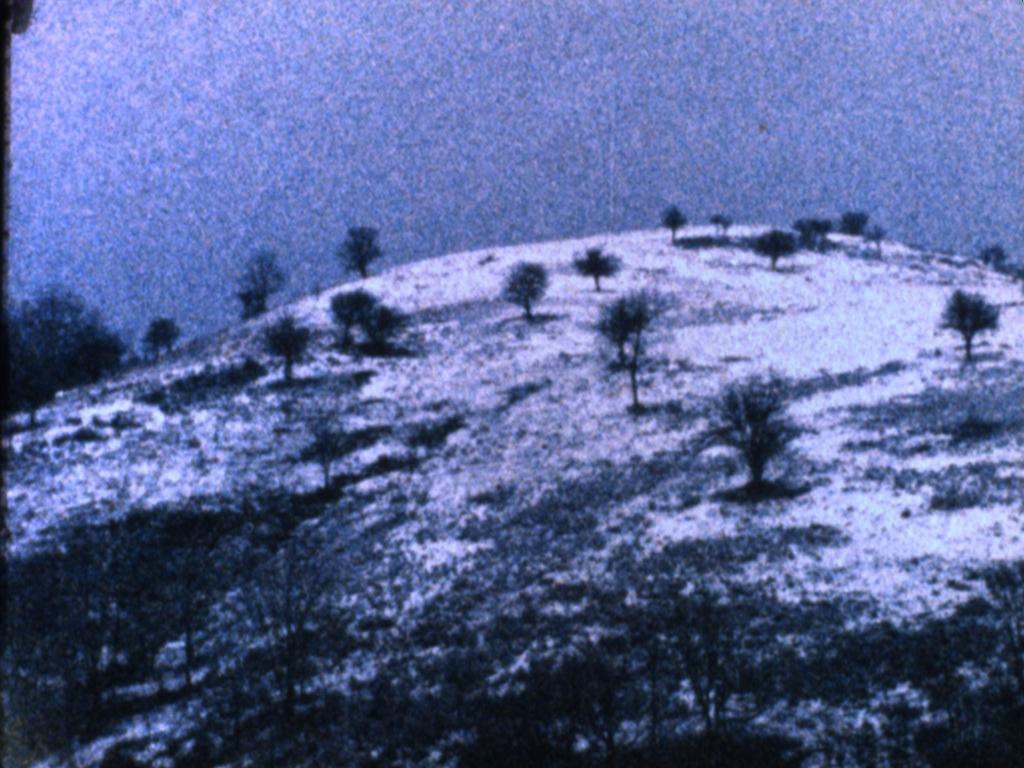
autrement, la Molussie | differently, Molussia | anders, Molussien by Nicolas Rey
FRA 2011, Forum Expanded
© Nicolas Rey
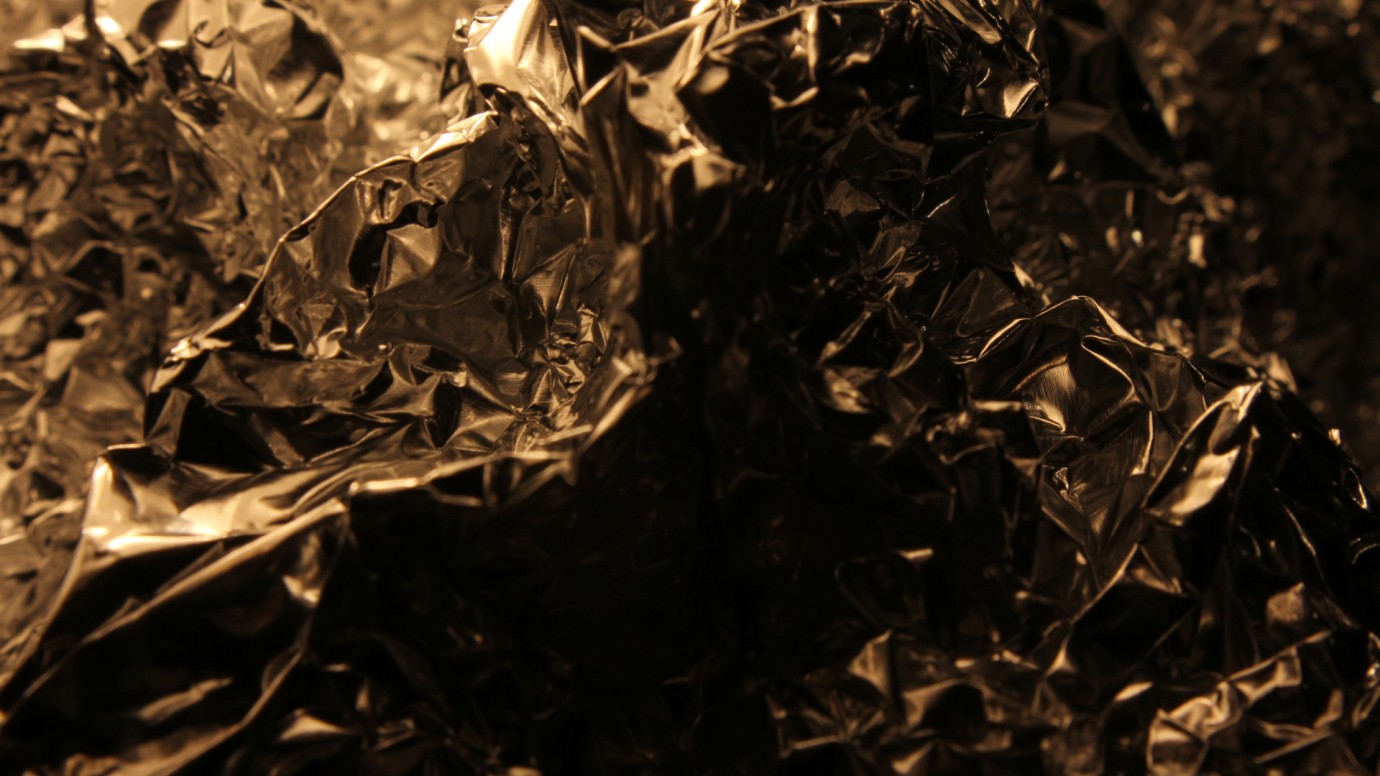
Seeking the Monkey King by Ken Jacobs
USA 2011,
© Ken Jacobs
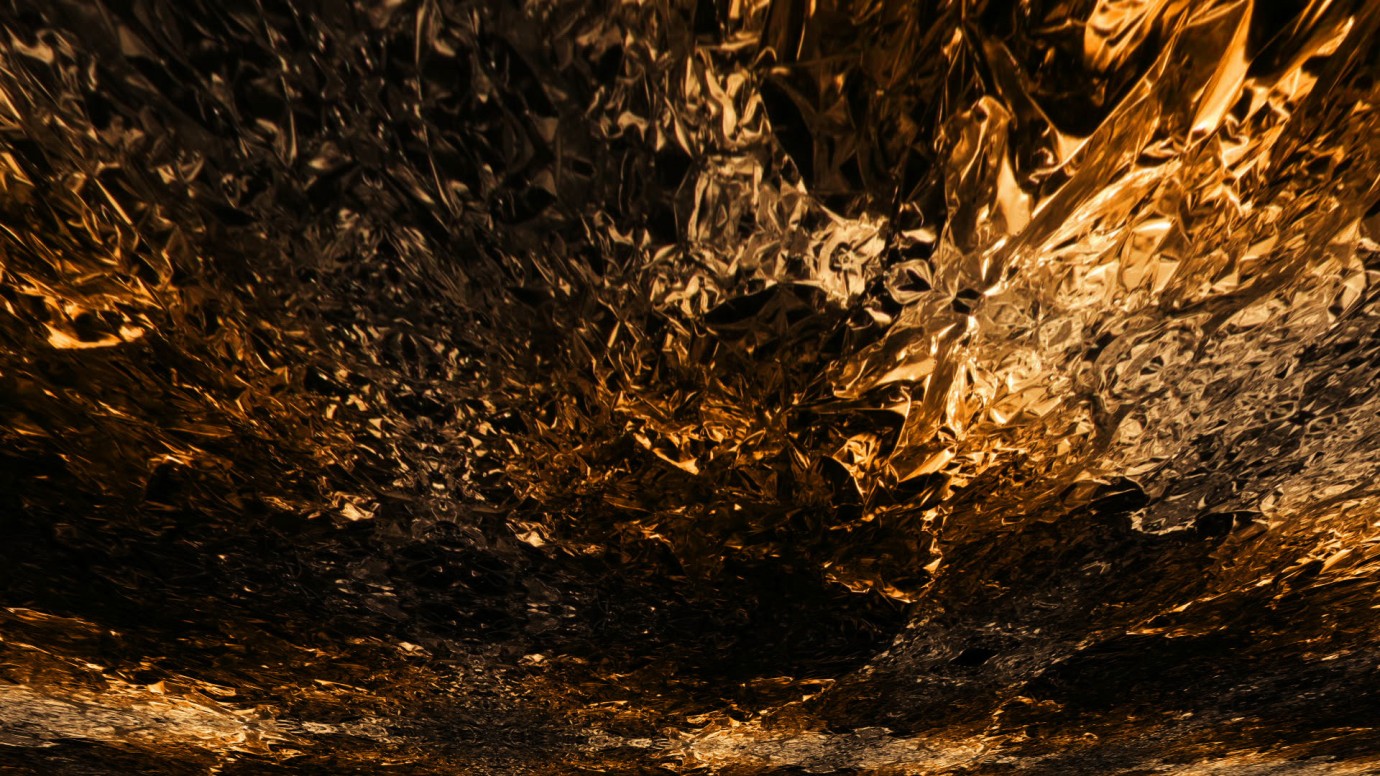
Seeking the Monkey King by Ken Jacobs
USA 2011,
© Ken Jacobs
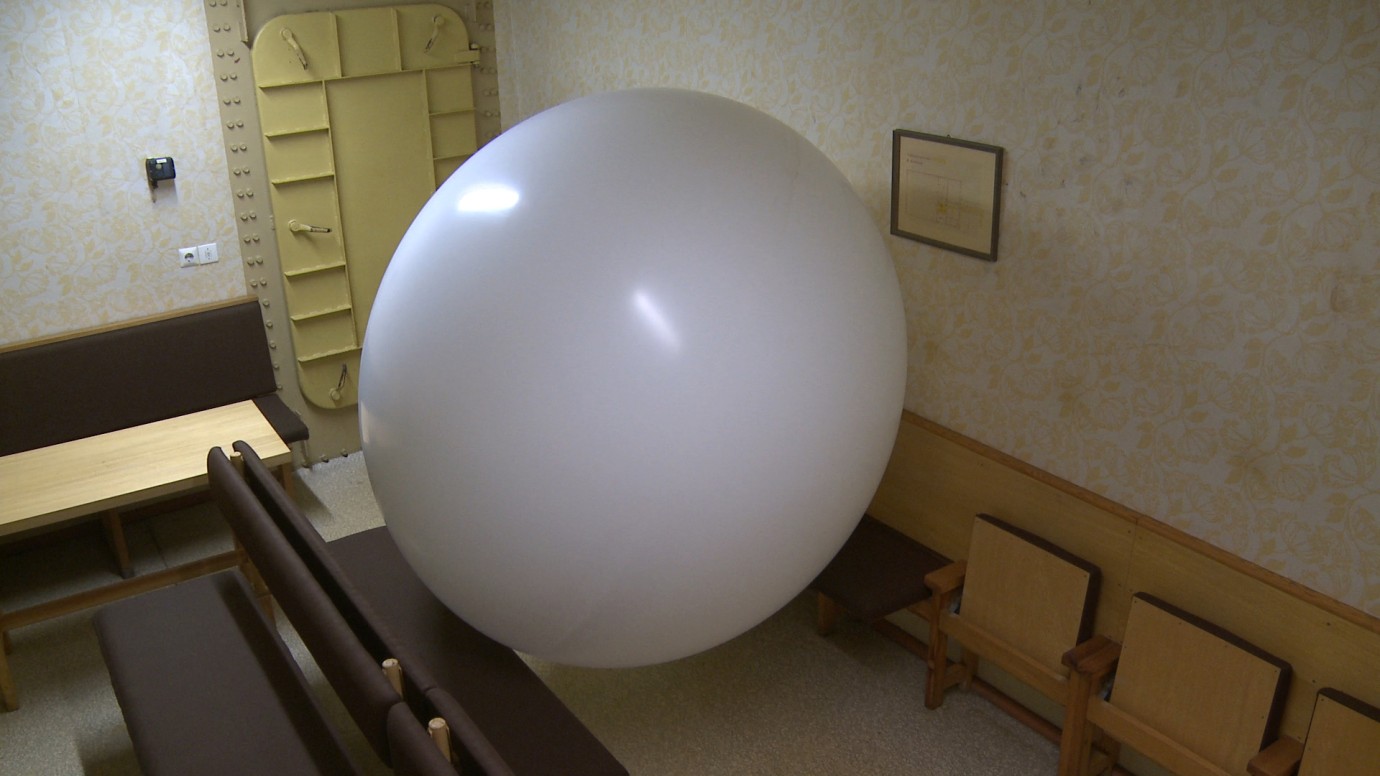
Barometer (i) by Heike Baranowsky
DEU 2012,
© Heike Baranowsky, 2012 / courtesy Galerie Barbara Weiss

Barometer (i) by Heike Baranowsky
DEU 2012,
© Heike Baranowsky, 2012 / courtesy Galerie Barbara Weiss

Harun Farocki presents: La Verifica Incerta by Harun Farocki
DEU/ITA 2012, Forum Expanded
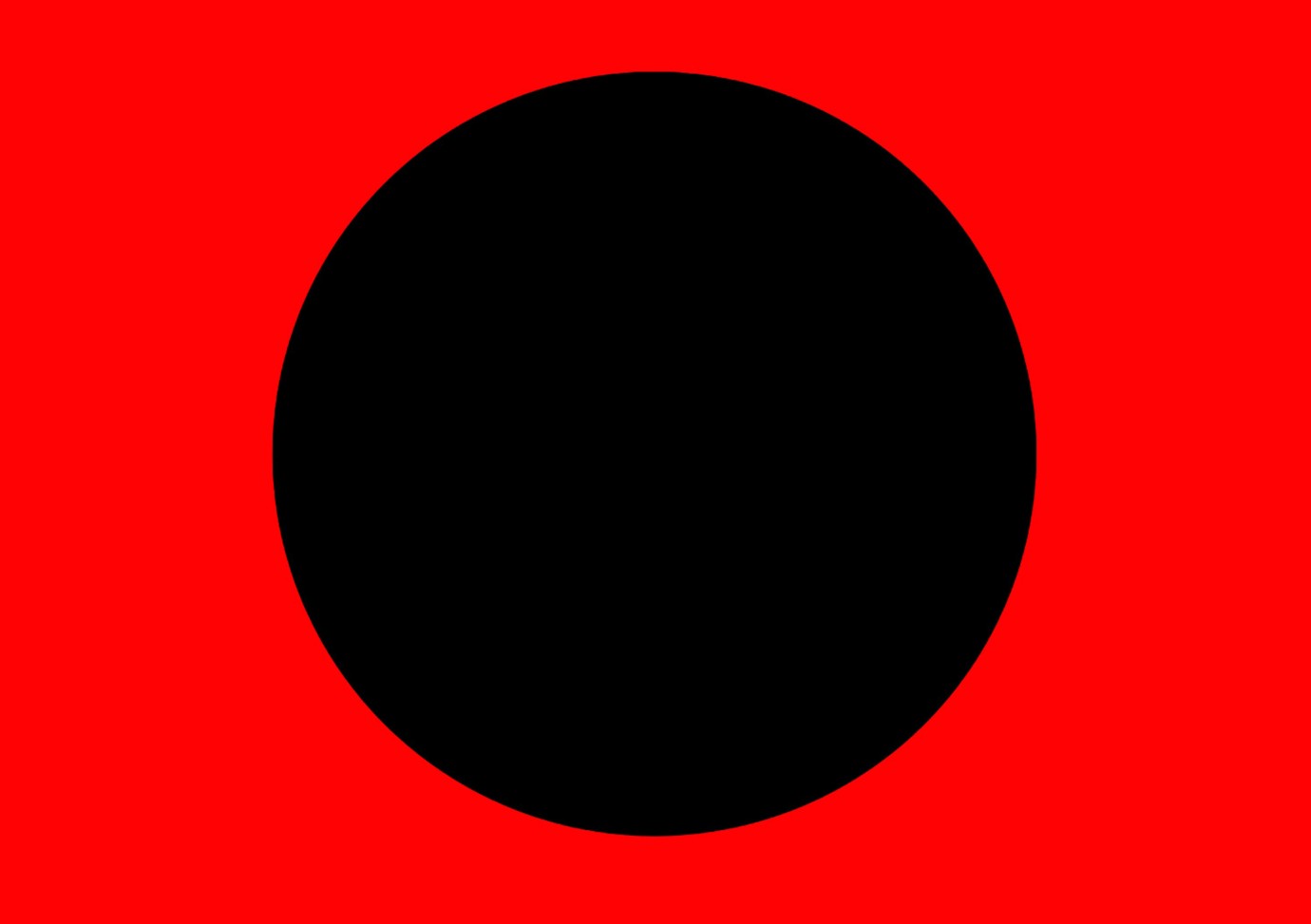
349 (for Sol LeWitt) by Chris Kennedy
CAN 2011, Forum Expanded
© Chris Kennedy

349 (for Sol LeWitt) by Chris Kennedy
CAN 2011, Forum Expanded
© Chris Kennedy
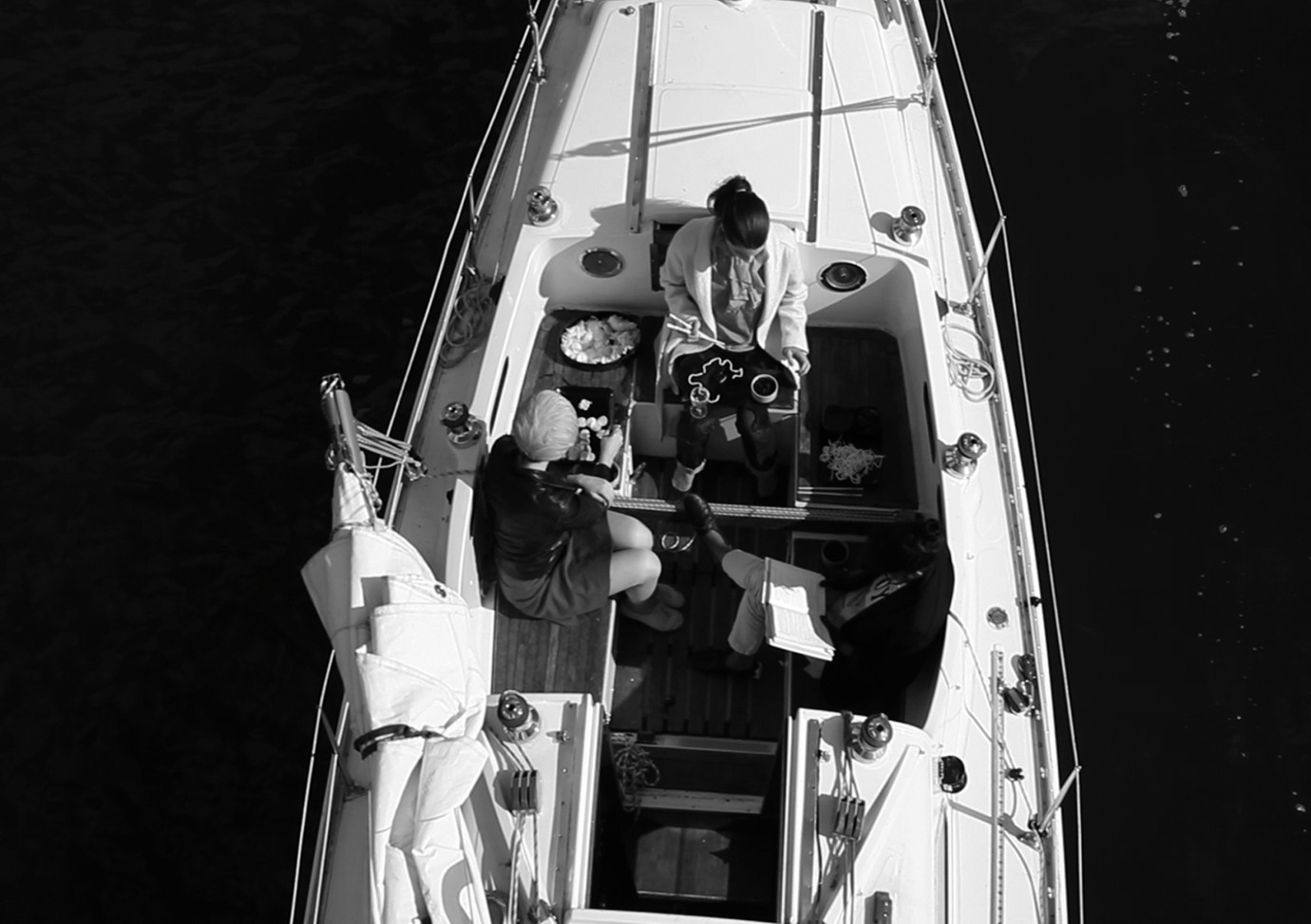
O.G.B.I.P [ Our Global Behavior Is Psychopathic II ] by Jennifer Rainsford, Virlani Hallberg
SWE 2011,
© Jennifer Rainsford, Virlani Hallberg

O.G.B.I.P [ Our Global Behavior Is Psychopathic II ] by Jennifer Rainsford, Virlani Hallberg
SWE 2011,
© Jennifer Rainsford, Virlani Hallberg
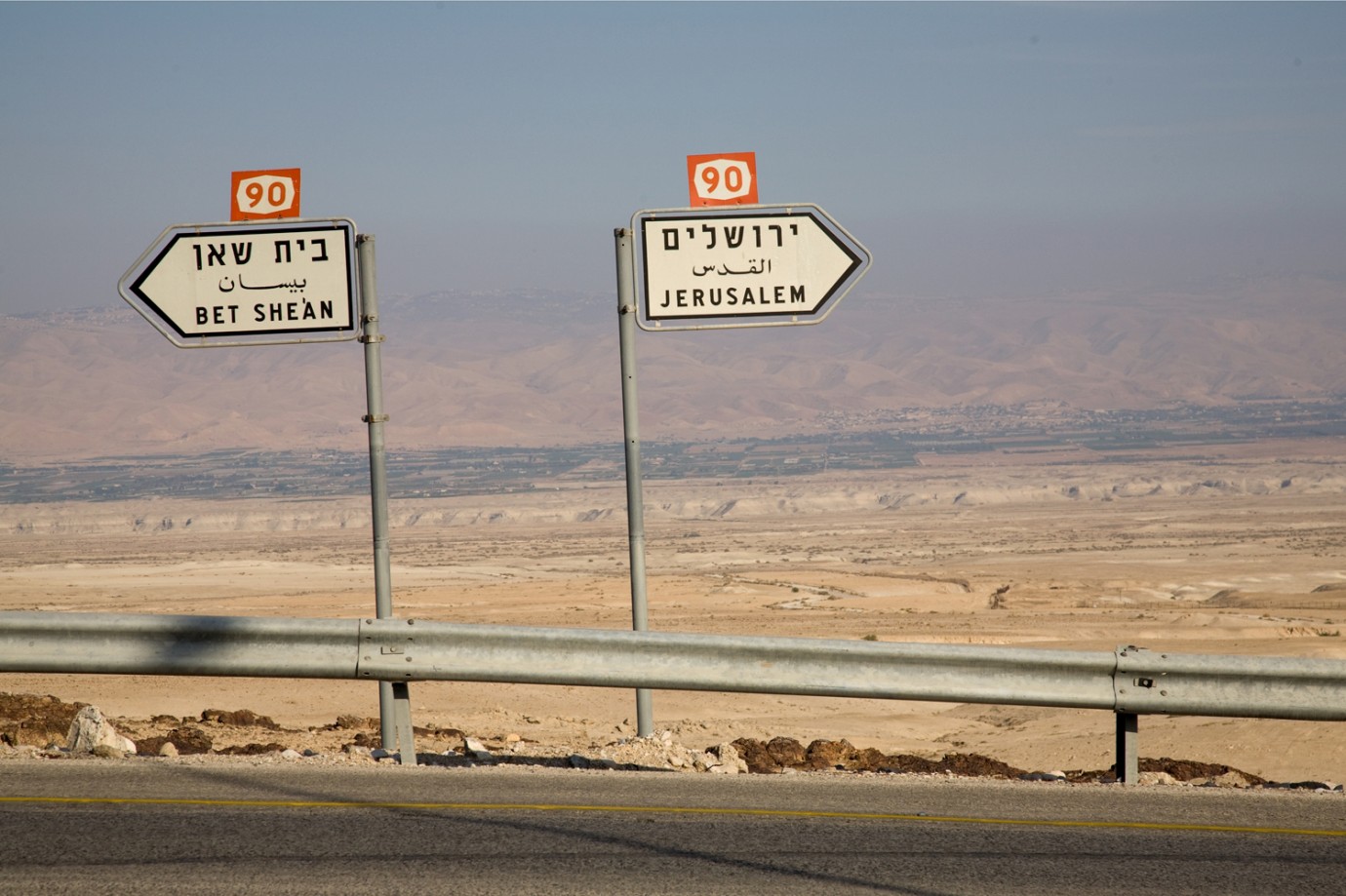
Road Movie by Elle Flanders, Tamira Sawatzky
CAN 2011,
© Elle Flanders, Tamira Sawatzky

Trollsländor med Faglar och Orm | Dragonflies with Birds and Snake | Libellen mit Vögeln und Schlange by Wolfgang Lehmann
SWE/DEU 2011, Forum Expanded
© Wolfgang Lehmann
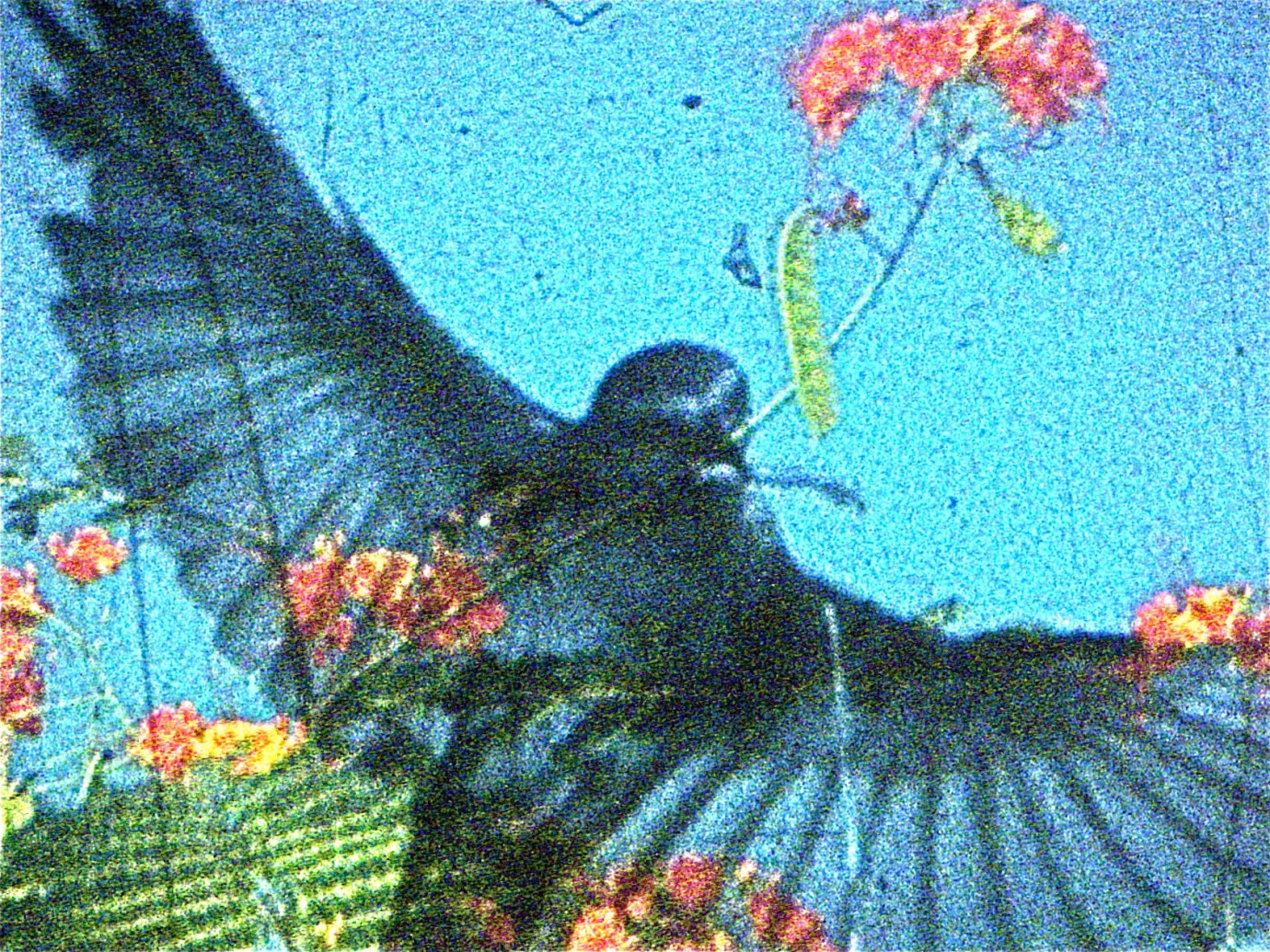
Trollsländor med Faglar och Orm | Dragonflies with Birds and Snake | Libellen mit Vögeln und Schlange by Wolfgang Lehmann
SWE/DEU 2011, Forum Expanded
© Wolfgang Lehmann
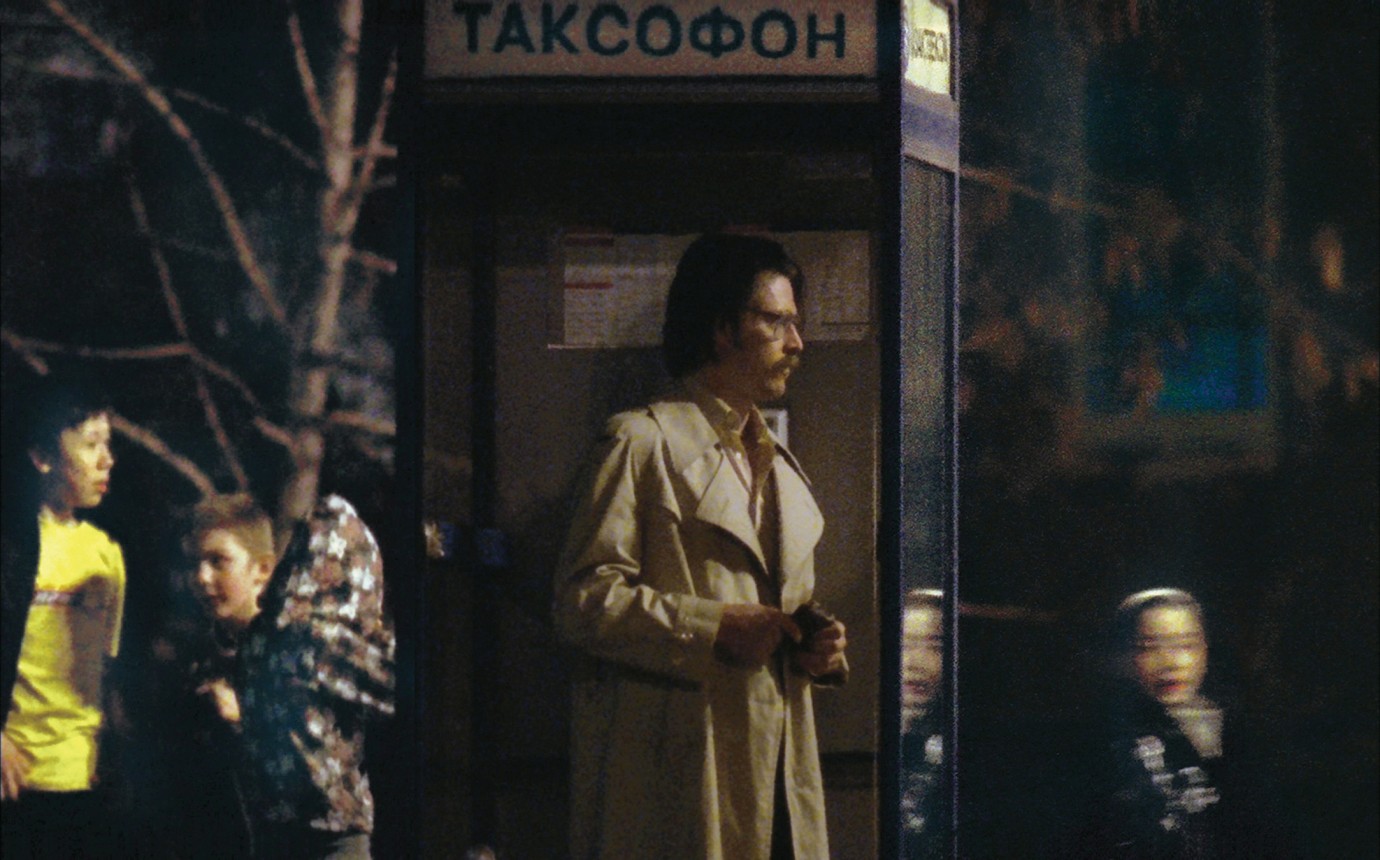
whiteonwhite: algorithmicnoir by Eve Sussman
USA 2011, Forum Expanded
© Eve Sussman
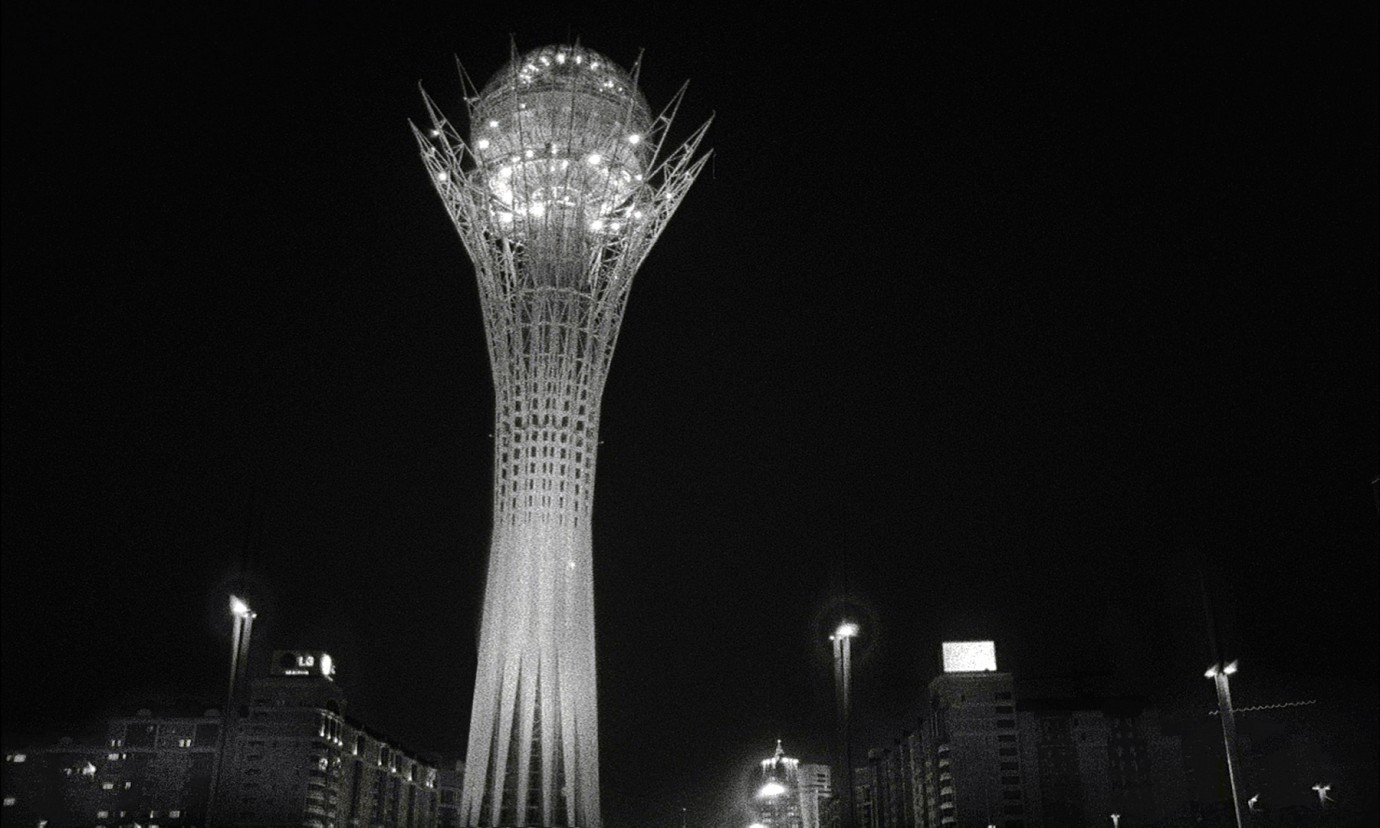
whiteonwhite: algorithmicnoir by Eve Sussman
USA 2011, Forum Expanded
© Eve Sussman
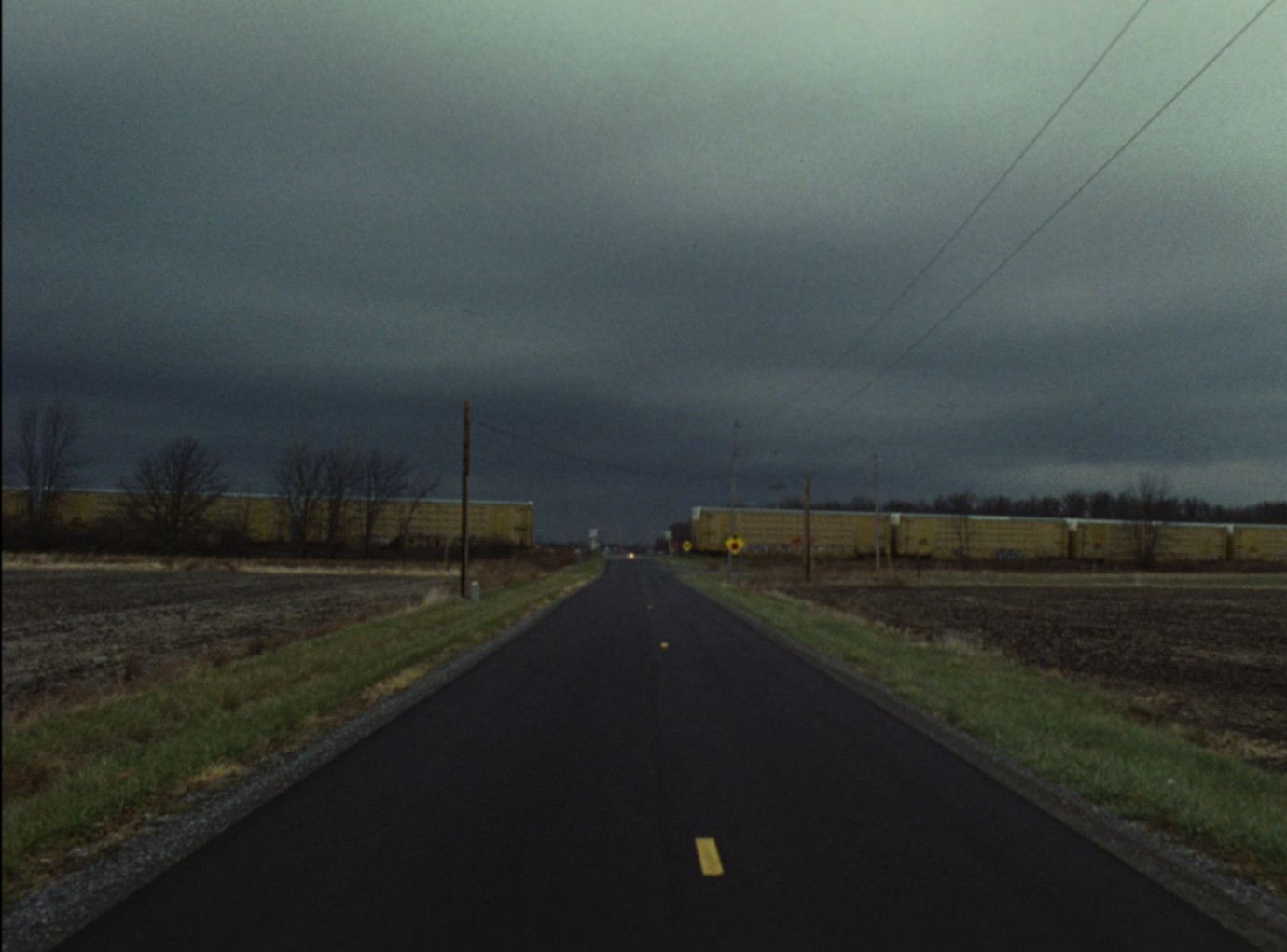
American Colour by Joshua Bonnetta
CAN/USA 2012, Forum Expanded
© Joshua Bonnetta
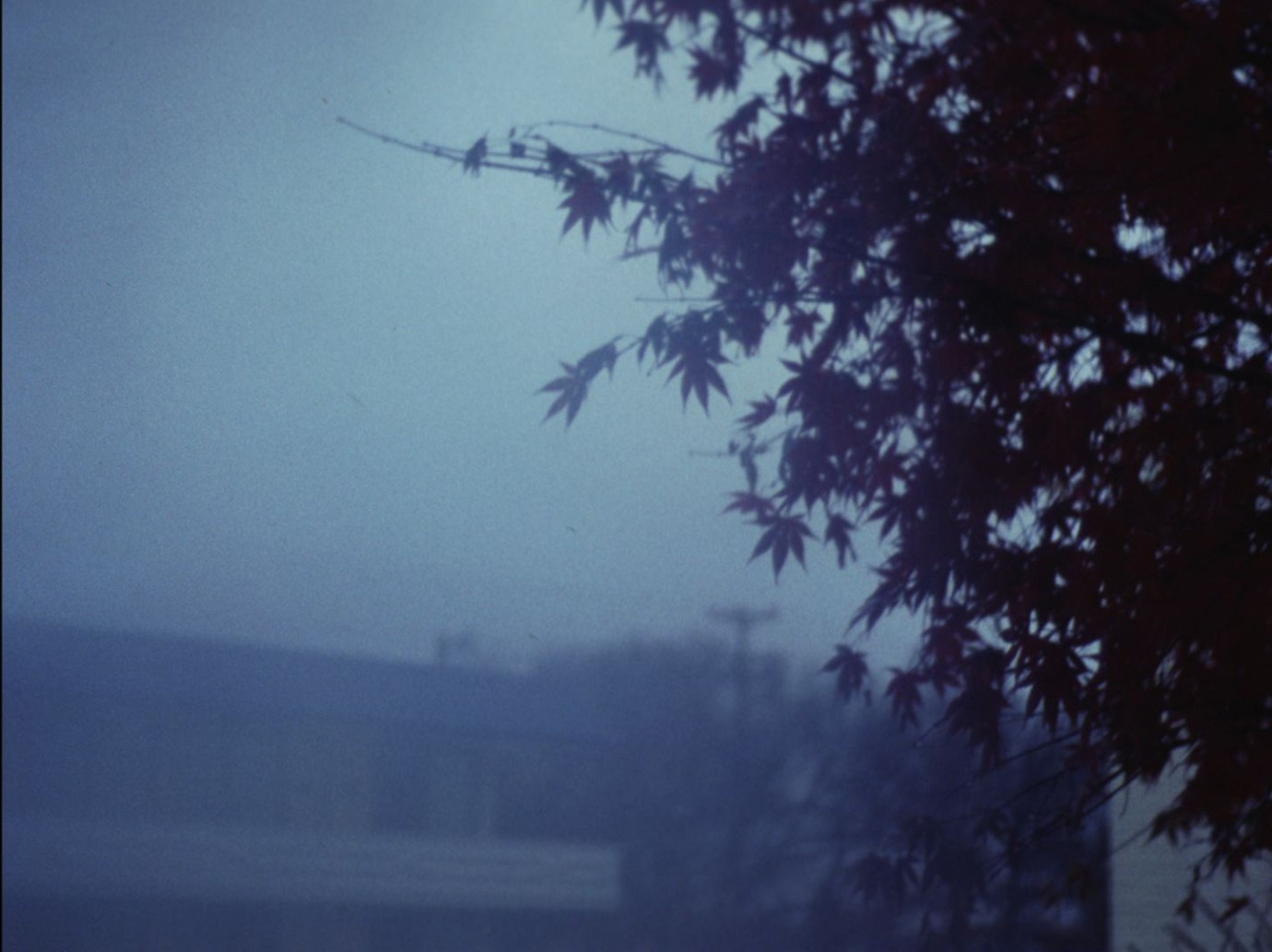
American Colour by Joshua Bonnetta
CAN/USA 2012, Forum Expanded
© Joshua Bonnetta
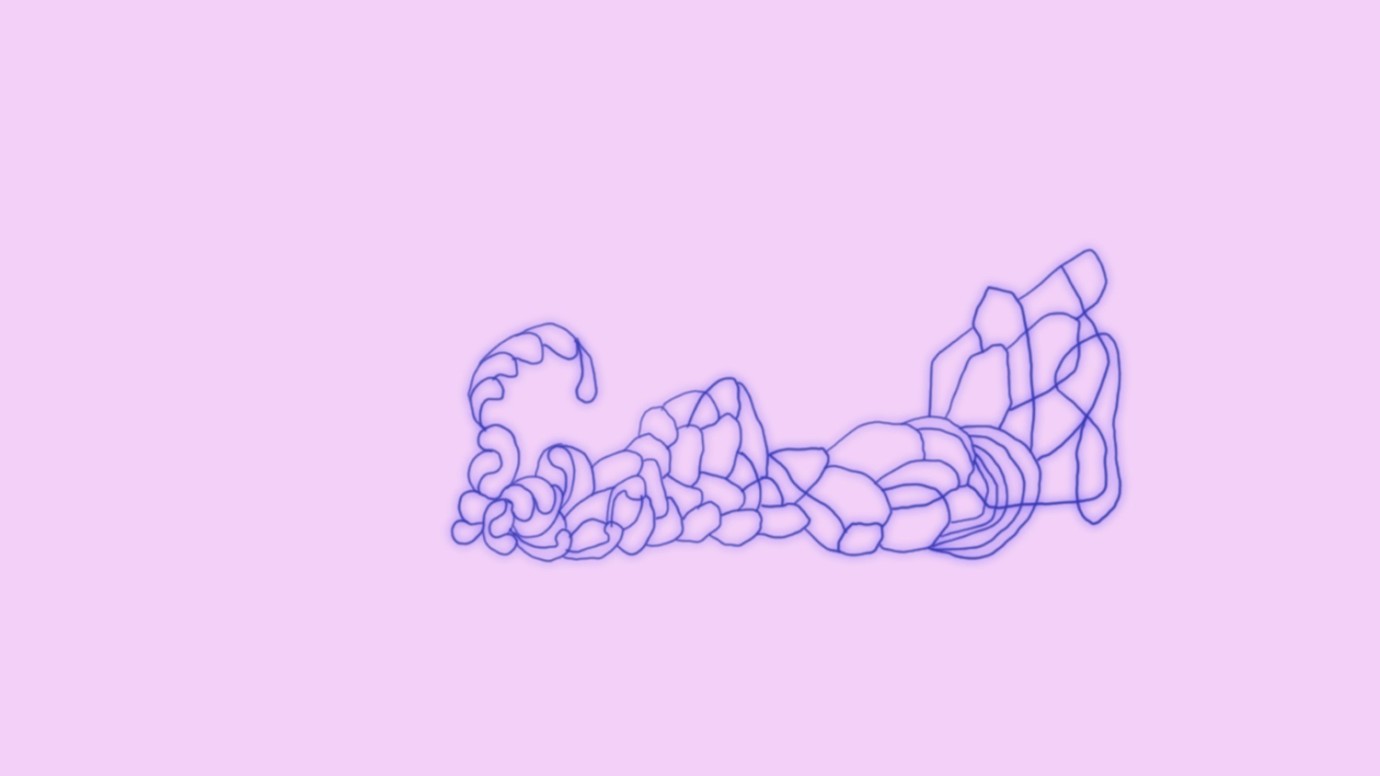
The Tiny Ventriloquist by Steve Reinke
USA 2012, Forum Expanded
© Steve Reinke
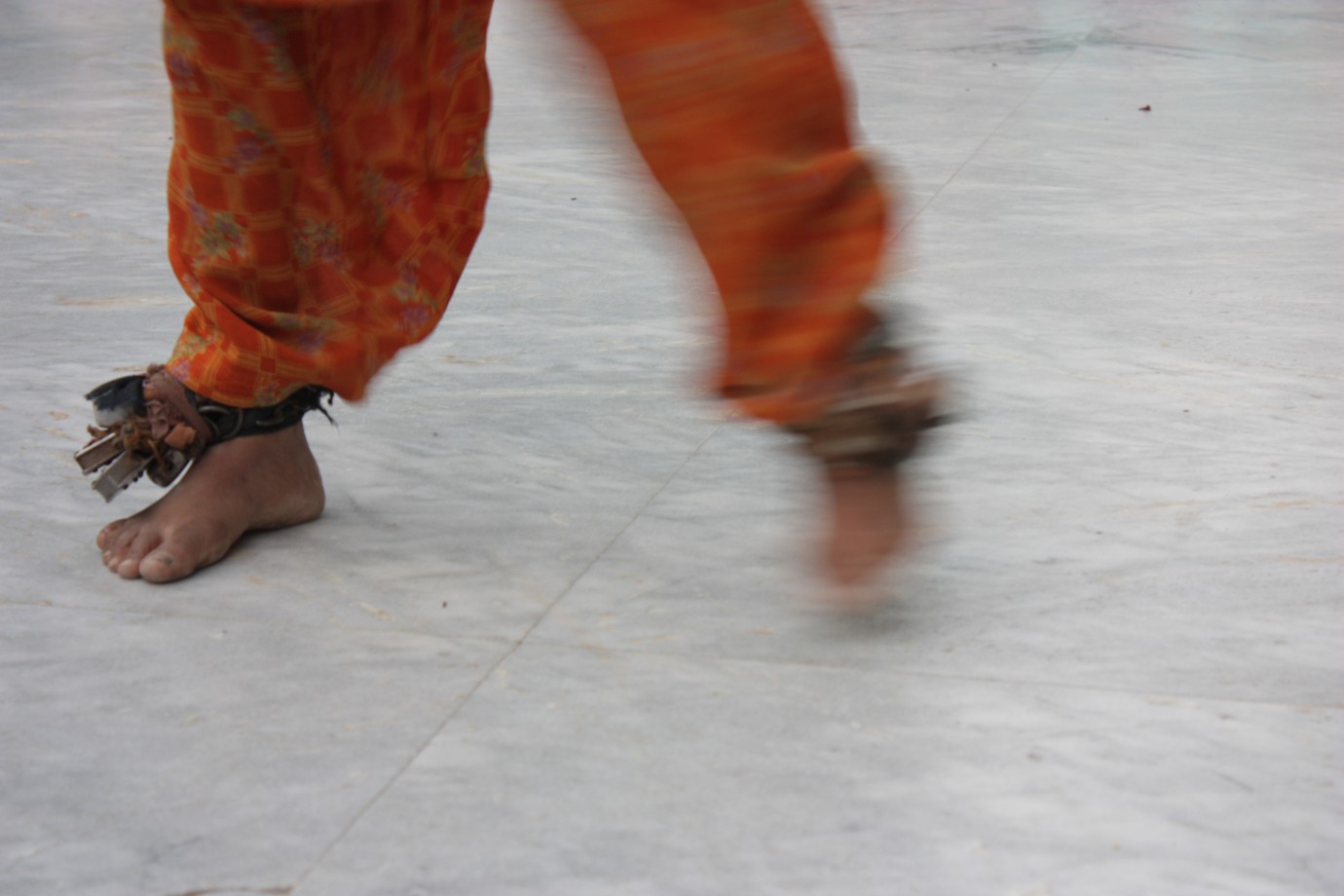
There Is Something In The Air by Iram Ghufran
IND 2011,
© Iram Ghufran
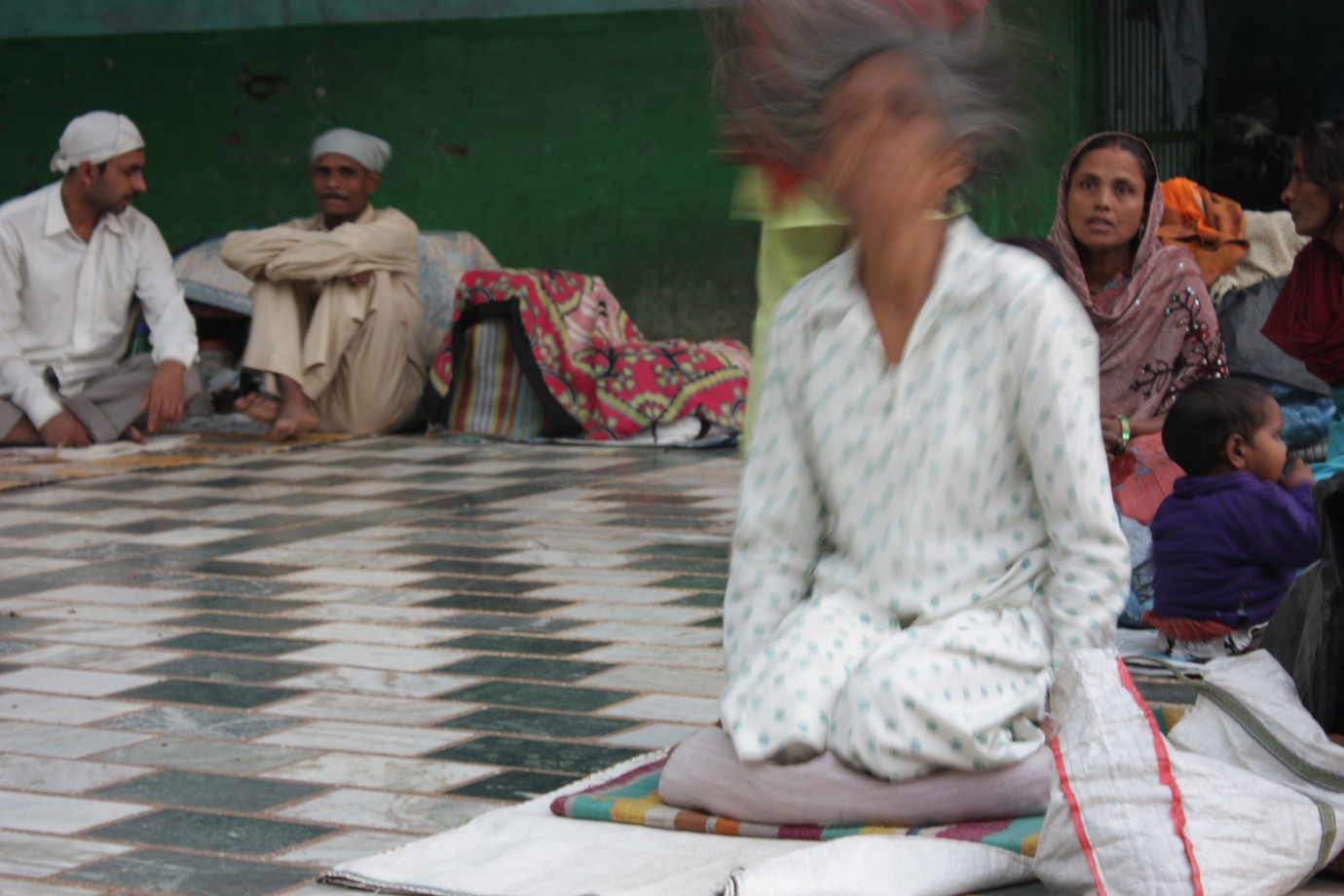
There Is Something In The Air by Iram Ghufran
IND 2011,
© Iram Ghufran
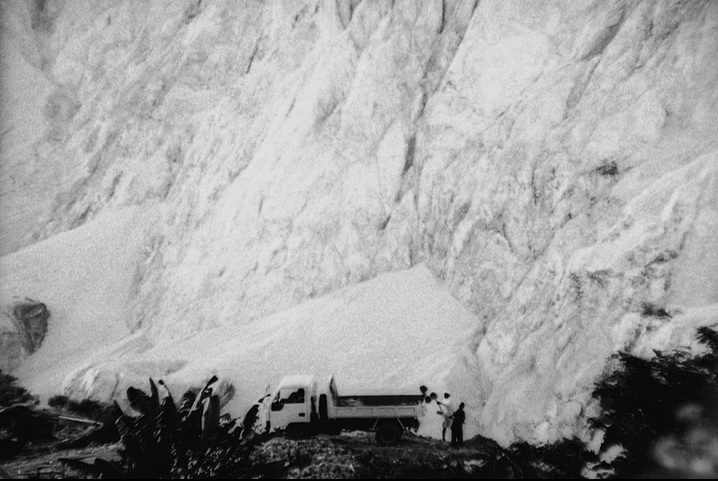
Peril of the Antilles by Fern Silva
USA/HTI 2011, Forum Expanded
© Fern Silva
This is your first interview with “Berlinale Themes”, so a general question to start: What is Forum Expanded and how has it changed over the last few years?
Decisive for the foundation of Forum Expanded was the large number of works that employ moving images and take a critical or innovative perspective on cinema, but didn’t fit into the established formats - in both the field of experimental film as well as increasingly on the side of fine art. At some point it became clear that there were two alternatives: either reject these works or else open up the festival to them and create a space for them. With Forum Expanded we shed light on the periphery of cinema, in order to see it from another perspective and then perhaps return to it. We have continued to do so till this day and don’t impose any guidelines for entries so that the Forum Expanded remains a platform for experimentation.
Cinema is constantly changing and that is partially due to impulses coming from experimental film, art, theatre and music. Sooner or later these influences find their way into the mainstream. On the other hand, art feeds off of the mainstream. The borders are very fluid and they both propel one another forward.
Did you “discover” artists for the Berlinale, meaning filmmakers who have later presented works in other sections?
Marie Losier is such an example. Last year she was a guest of the Forum with The Ballad of Genesis and Lady Jaye, and won both a TEDDY and the Caligari Award. She had her first short films and installations in Forum Expanded. Beforehand she was totally unknown. On the other hand, people like James Benning and Isabella Rossellini whose Green Pornos we presented in specially built terraria, discovered Forum Expanded as a space for experimentation. This year we’re hosting the Israeli director Avi Mograbi, whose works have been shown in the Forum several times, and who is known for his radical documentary representations of the self. This time we’re presenting him as a musician with a four-person band. Aided by live music, he’ll be reviewing his earlier film work in HAU 2.
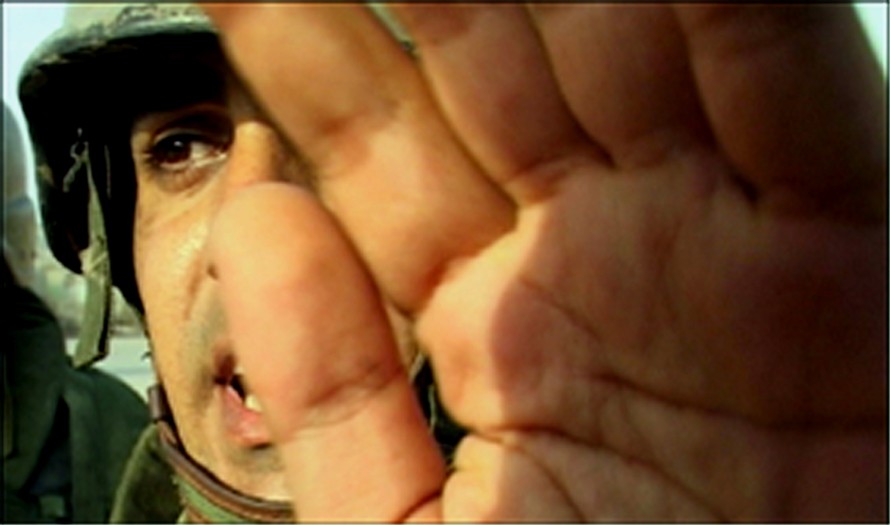
At the Back/The Details by Avi Mograbi, Noam Enbar, Ariel Armoni, Adam Scheflan, Yoni Silver
Moving forward, look backing
In your announcement about Forum Expanded 2012, you said “the actuality of avant-gardist ideas should be reexamined”. How will this take form and which ideas did you mean?
In the history of film there have always been reoccurring avant-garde tendencies, even in the 1920s. Some wanted to consciously, offensively break apart certain canonized cinematic concepts. Therein lay the danger of canonizing the new and then resting on what one had achieved. The structural film also overgrew itself at some point. Therefore there is always a good reason to reexamine the concept of the avant-garde. It should undergo new discussion in every era. What differentiates one work from all others? How radical can cinema really be?
Interestingly, this year very many works tackle role models. For example, the Lebanese filmmaker Gheith Al-Amine picks up on the cut-up methods of Brion Gysin and William S. Burroughs. Connections are made with earlier avant-gardes, not in order to imitate them, but to question them and use them for new, contemporary ideas.
The classic avant-garde movements were united by a very specific aim: to leave art behind and to create forms for future life. You don’t only understand film as a visual space but as a space for action. What artistic concept lies behind that idea?
That is in fact true. The works cross over into life or create references that were forgotten in the process of canonization. There is a sort of reconnection to the periphery of cinema. This year we have specified this thematically and are focusing on the psychiatry movement of the 1960s and 70s – which was also a golden age of experimental film. The psychiatry movement positioned the institutionalization of psychiatry in relation to social power structures. Luke Fowler’s documentary All Divided Selves on the guru of the anti-psychiatry movement RD Laing opens the exhibition “Kritik und Klinik” in the Kunstsaele Berlin. There it becomes clear how at the time psychotic, sick conditions were seen as symptomatic of social plight and a process of exclusion. A confrontation with these issues sparked a new political cinema: last year we had very many works that were explicitly political, but more theoretical, more immediate. The year 2012 is dominated by a reconnection to a radical subjectivity that gives birth to a new language, which offers new opportunities to experiment – insofar as that in the works, expressive forms of interior life are positioned in relation to external society.
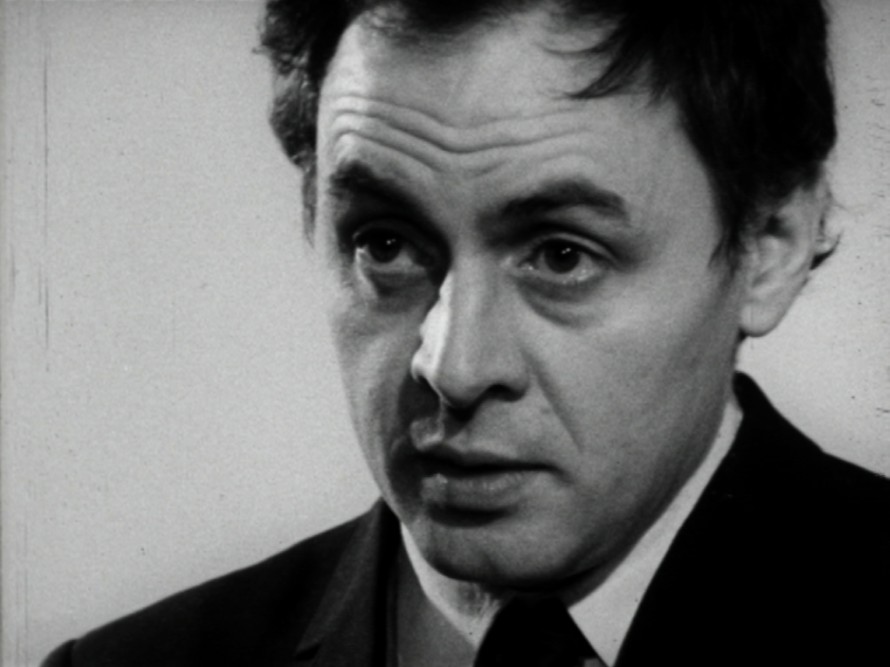
All Divided Selves by Luke Fowler
How current is such a discourse about critique and clinic? For one, the clinical or therapeutic discourse seems to be established in society, such as the idea of burnout. At the same time one can read from this phenomenon that psychological illnesses have become individualized and privatized. In the case of burnout, we don’t look for causes in repressive societal structures as we did in the 1960s and 1970s, but rather in the deficient individual…
Burnout is a good example, because it’s a symptom brought on by a capitalist system, which requires an image of work, in which the individual must function. Through the extensive media coverage of burnout syndrome, including its treatment, it becomes socially acceptable and integrated into the social structure. And yet here the subject is lost, even if he or she is sick. I believe what’s new about the contemporary discourse is that it makes a connection between the current discussions and ‘the crisis’ – this all-round concept of crisis, which seems totally abstract and disconnected from the individual. That’s where a critical approach can play a role.
What form does that take in the works of this year’s programme?
The works vary greatly from one another in their subjective formal language. Duncan Campell, for example, in his piece “Arbeit”, deals explicitly with the introduction of the euro and the current financial crisis. With material from news programmes, photographs and advertising, he cuts together contradictory stories of people, times and places, in which the images – depending on who is holding the camera – constantly change. For all of the works, one can say that the connection to the subject lies in the use of the freedom of the medium of film or film installation in terms of both the form and the content of resistance.
Florian Wüst tackles – also as part of the “Kritik und Klinik” exhibition – the historical figure Hartmut Gründler, an anti-nuclear power activist, who set himself on fire during a protest in 1978. Beforehand he had sparked a media discourse, which didn’t actually declare him a martyr after his death, and nonetheless self-immolation is of course a very radical act…
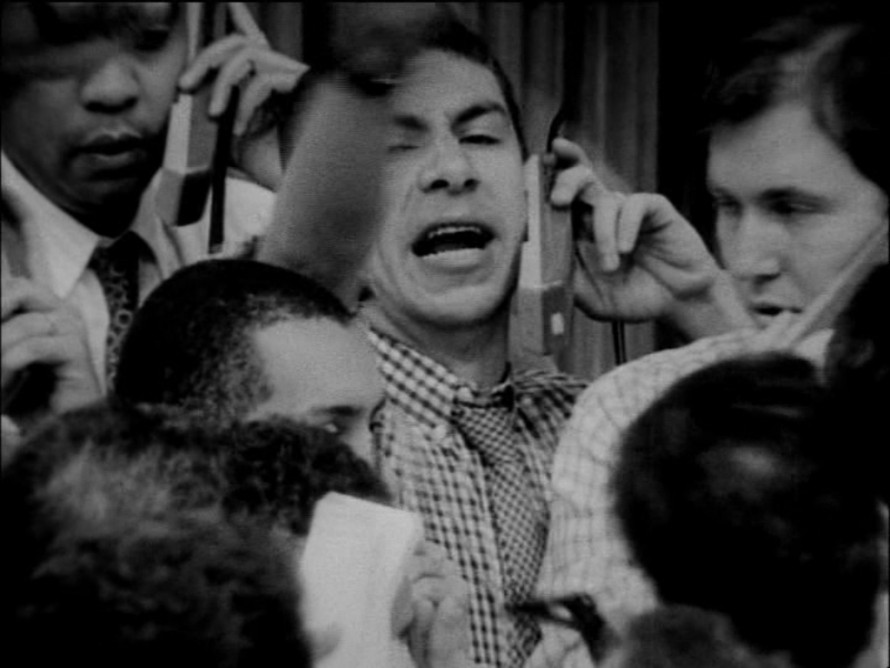
Critique and Clinic I: Arbeit by Duncan Campbel
…and highly topical, as the Arab Spring was in no small part triggered by an act of self-immolation…
…and very current. A part of the piece is the wall drawings of hot air balloons on which the names of energy corporations are written as advertising. There are also partially fictive, partially real newspaper articles and a video with several YouTube clips that copy the Kraftwerk song “Radioactivity”. In the work, everything, moving and non-moving images, are drawn. By linking back to the anti-nuclear movement, Wüst addresses the question of how forms of resistance change over time.
Power relations
RD Laing became famous for deconstructing the classic hierarchies between doctor and patient. For one, he lived in a shared flat with schizophrenics. Can such structures be transferred to the cinema?
Without wanting to simplify matters, I would say that we try to do that with Forum Expanded, in that we have no rules or submission criteria, but are always paying attention to how art and film see cinema and pay special attention to those artists who don’t wish to follow any standardized format. The limit is often reached when a work is no longer realizable or becomes impossible to fund. But we have experimented a lot in previous years, also with institutions such as galleries, museums, theatres, with public space. Some attempts have proved viable on the long-term, while others were only right for the moment. During the festival, we want to open up free space, something which filmmakers and artists try to struggle for. Of course the question quickly arises: how flexible and open and alert can an institution be – in other words, us? The current works don’t necessarily want to break open cinema in the sense of institutional criticism, in the way that Expanded Cinema used to expose the apparatus of cinema.
And yet we stand before challenges, because each work needs to be presented differently. As curators we have to consider how we convey these issues to the public. We do in fact experiment with hierarchical structures between institutions, filmmakers/artists and the public and test how far we can and must go. It is extraordinary to be able to do this within the framework of a festival, that not only tolerates such hard-to-sell programmes, but actually supports them.
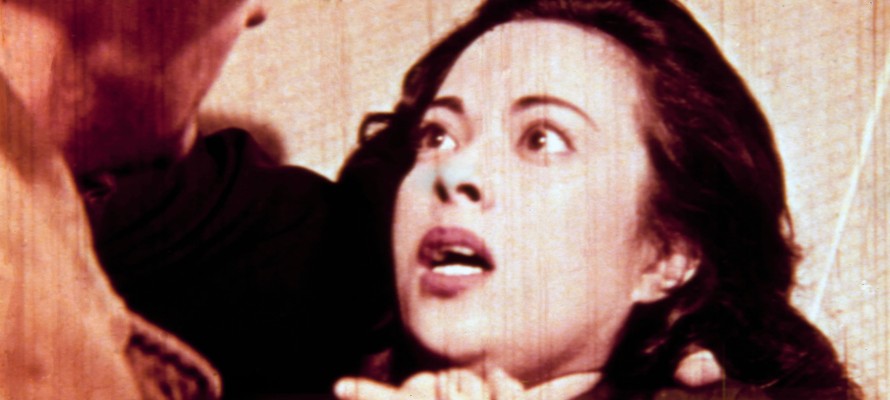
Programming the Archive: Harun Farocki presents: La Verifica Incerta
What is the contribution of the psychoanalytical and ideological-critical discourses that dominated the study of film for many years?
They have shaped us, but we don’t exhibit them. Another big project that will be presented in Forum Expanded in the form of a performance and podium discussion under the title “Programming the Archive”, deals directly with such issues: the Living Archive project – archival work as a contemporary artistic and curatorial practice. The Arsenal Institute for Film and Video Art has, as the organizer of the Berlinale Forum, collected a huge assortment of films over the years – which were made accessible through the inhouse distribution company. This huge archive is an expression of the history of the institution and those who have shaped it. We have invited more than 30 artists, curators and academics to realize projects that create a contemporary context for these films. Within this framework the history of film theory is reexamined, as in a project by Winfried Pauleit, which deals with Laura Mulvey and her psychoanalytical film theory and practice.
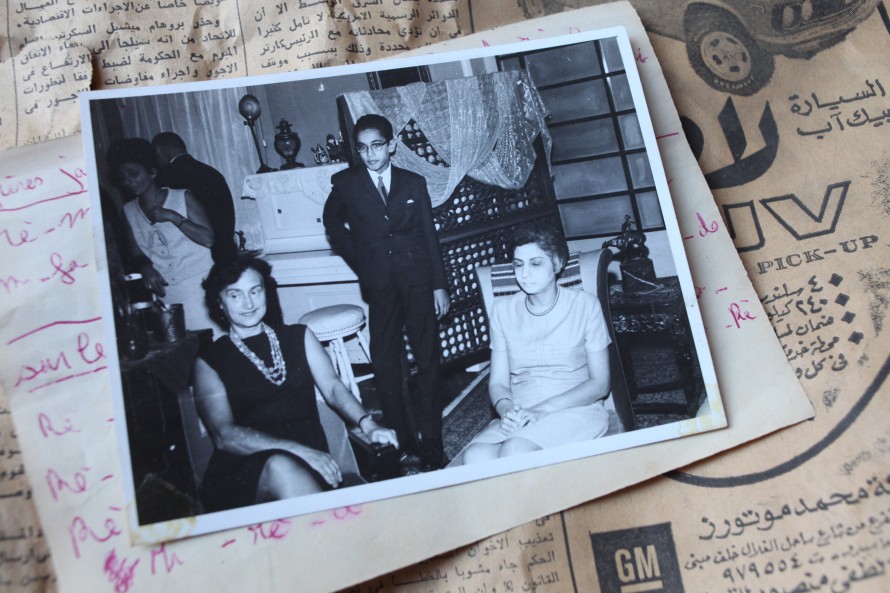
Bye Bye by Paul Geday
Images and practices of resistance
Back again to the concept of the avant-garde: Can an avant-garde – as an artistic forward guard – even exist today? The avant-garde is enmeshed in a capitalist logic because it produces novelty, creates difference, which results in a surplus value, a precondition for the sale value, and is therefore fed back into the system. Can protective, free spaces and points of resistance even exist today? Or does everything disappear into the loop of exploitation?
The cultural theorist Brian Holmes developed in different context the concept of double indiscipline. Once as an interdisciplinarity that permits everything. Artists make films, filmmakers make installations, cinema enters the public space. Everything is arbitrary and available. We all know that isn’t the case, but that is the suggestion. The other indiscipline he sees as a reaction to the ’68 generation and anti-authoritarian education: one places oneself in an apparent freedom, today a successful system in itself, which endlessly repeats whatever works and thereby becomes lacking in discipline, indifferent. In opposition, another movement is moving out of its own, restrictive discipline into radically different areas, which is advantageous because it permits a change of perspective and can lead back to the starting point under changed signs. This is how intermediate spaces are formed between art and film, in which much is undefined and full of contradictions still today, spaces that make possible an extraordinary productivity.
At the moment I think we can learn a lot with regard to the theme of “Arab Spring” at the Berlinale 2012. In Forum Expanded we are showing films from the Arab region without the revolutionary imagery. We’re organizing a panel discussion on Cairo and its image archive. When dealing with developments in the Arab countries, one also finds these intermediate spaces, the hard-to-verbalize, at least from our perspective, open positions that might promise freedom, but first set something else in motion.
Does your focus on the Arab Spring also incorporate the position of second-degree observation?
In Cairo something very exciting happened during the revolution: demonstrators could upload their mobile phone videos shot on Tahrir Square at a central point in order to free up memory on their phones. The clips were immediately archived and then projected onto a screen directly on Tahrir Square. I find it unbelievably intelligent to already think through and realize the next steps in such a situation – archiving and access. And then one must ask the question: who owns these moments? Who claims ownership over these images? One of the participants, Khalid Abdalla, is a guest on the panel “Cairo: The City, the Images, the Archives”. The topic is images of Cairo, which have always been quite clichéd, first with the pyramids – and now with Tahrir Square. The central question will be how the city can and must be understood and redefined as an archive of images.
The works we’ll be showing try to seek out different images. They use the events as an opportunity to examine the private sphere, like the piano of one’s parents or the relationship to one’s father as part of and as a product of society. And not just in terms of content, but in all of its manifestations.